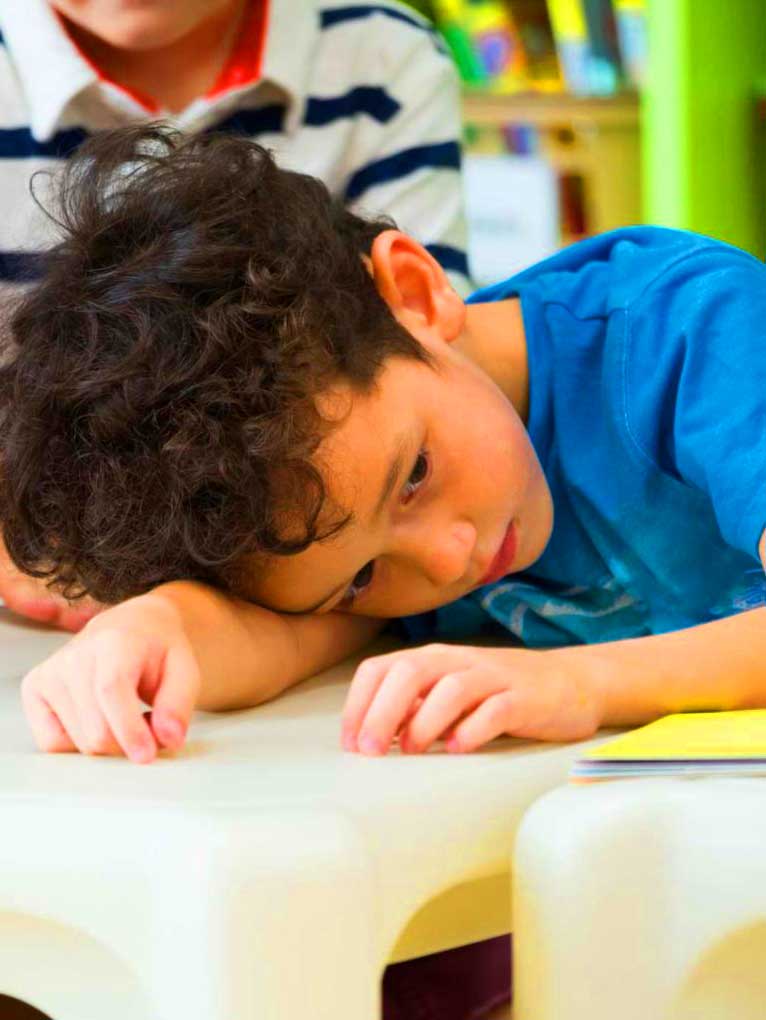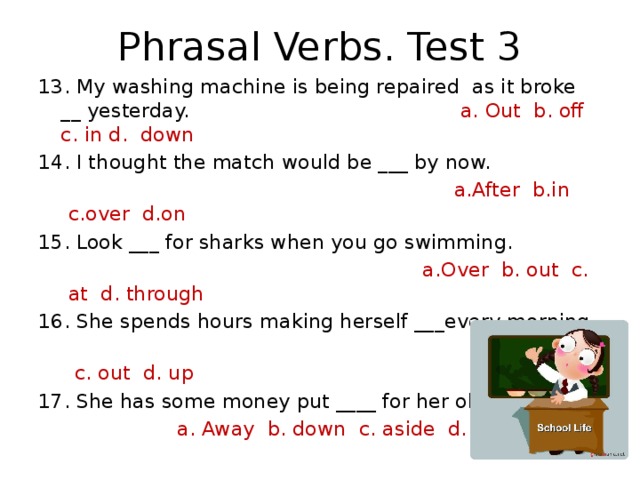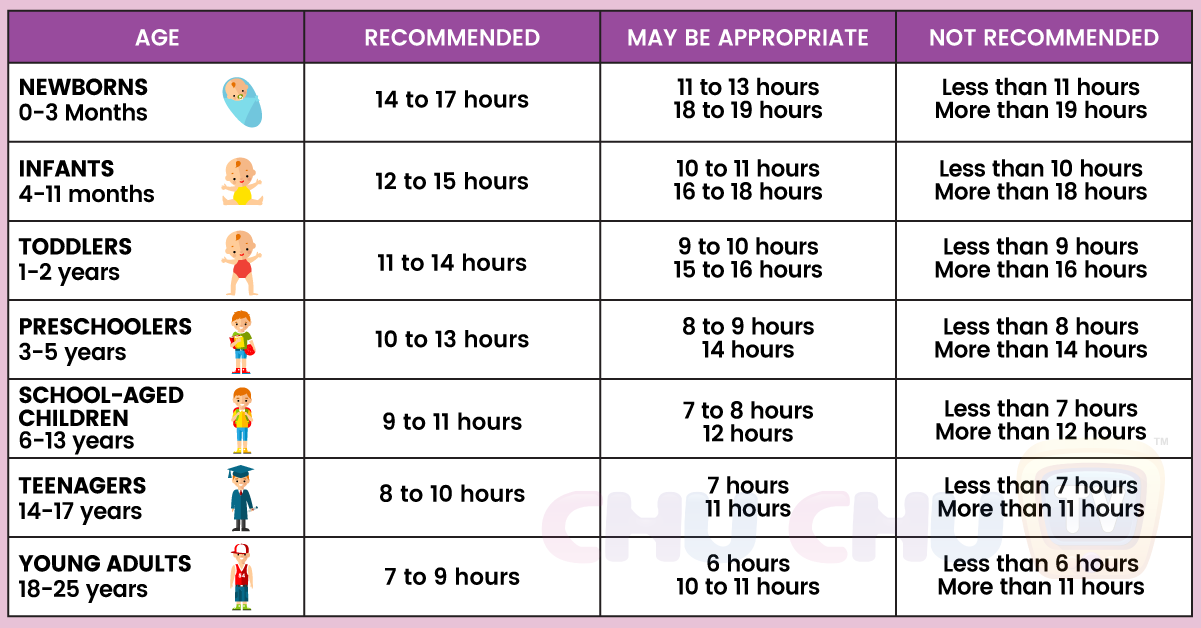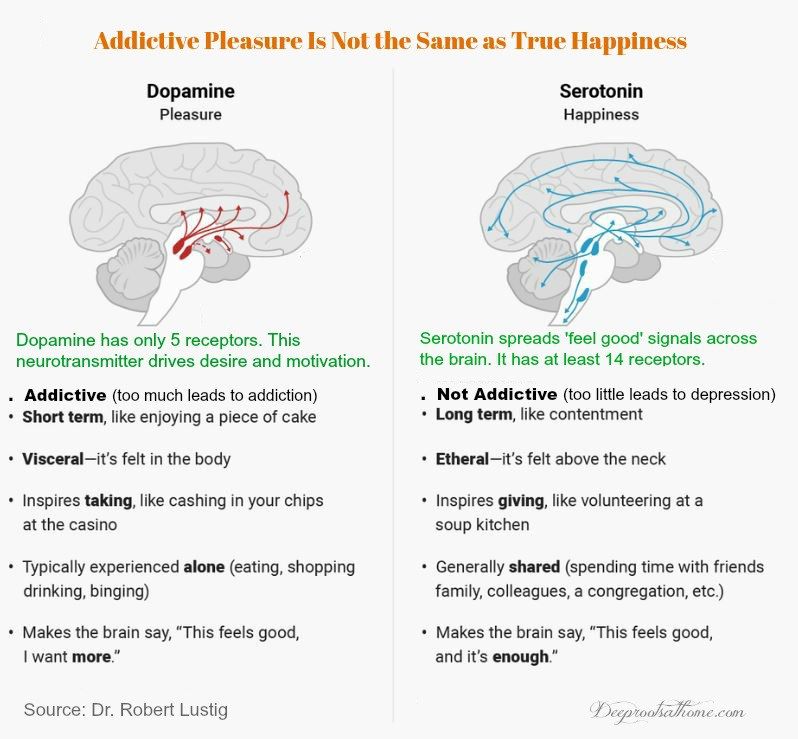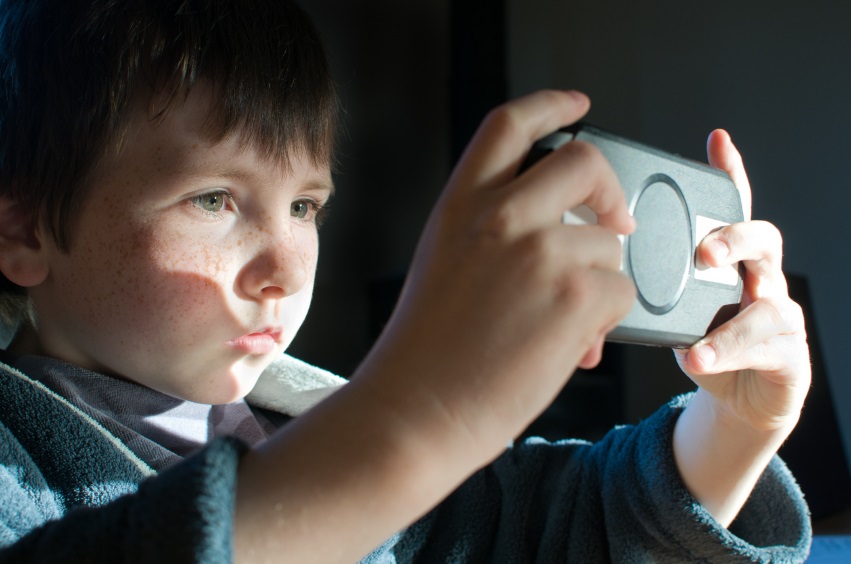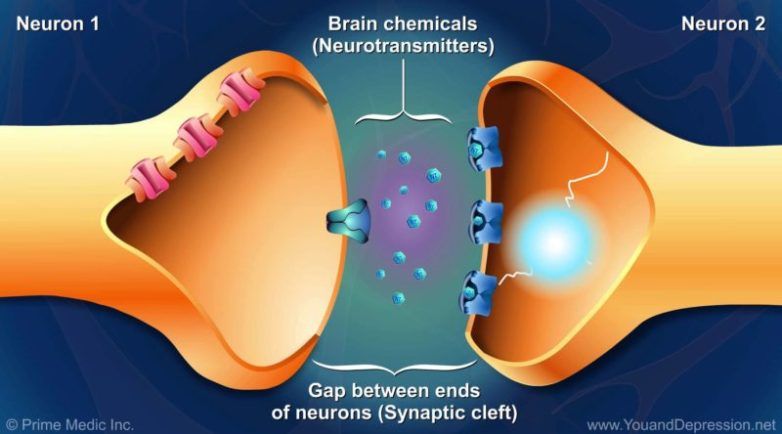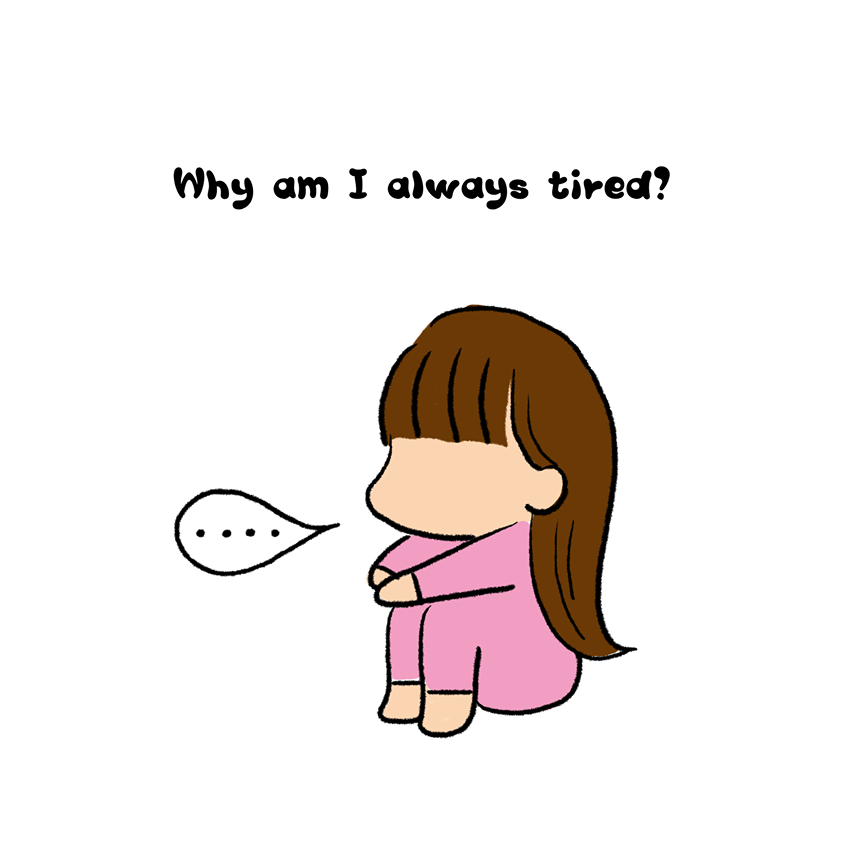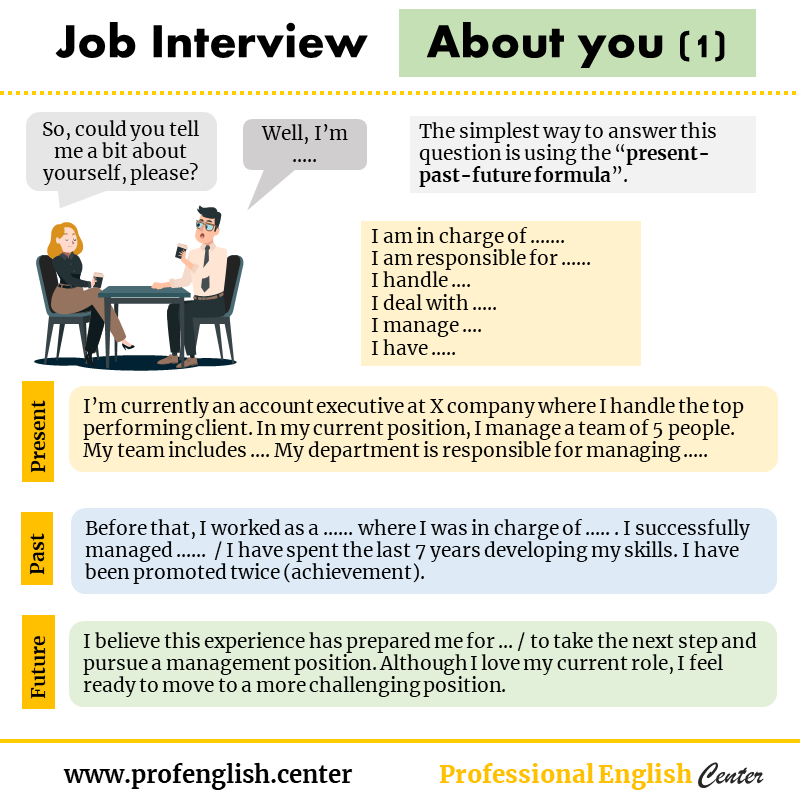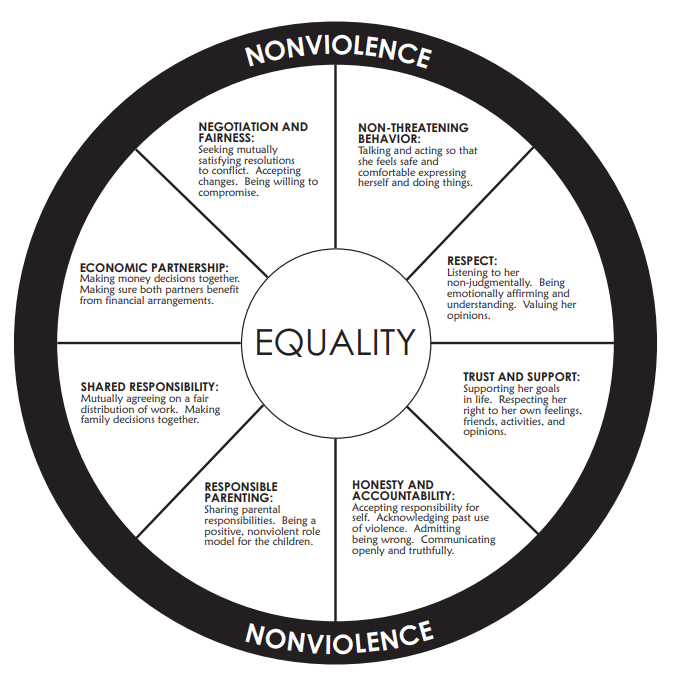Autistic children's games
Games for Kids with Autism Spectrum Disorder (ASD)
Your browser does not support HTML5 video.
Get Access to 200+ Educational Games
Download 1000+ Worksheets and Workbooks
Unlimited access to all new upcoming content
Get One Year Access at US $59.99
AutiSpark is a complete learning program for kids with autism
An app created with the help of experts
Well-researched games, stories and activities
Library of educational worksheets and workbooks
Designed to engage kids with autism
Download The App
Ready to boost your child's learning?
Autism Friendly Games That Kids Love
- Tracing Letters & Numbers
- Colors & Shapes
- Basic Math
- Spelling
- Picture Identification
- Coloring Within Lines
- Sorting
- Flash Cards
- Animals
- Counting
- Social Stories
- Puzzles
- Reading
- Memory Games
- New Words
Activity Workbooks to Challenge The Young Minds
We have hundreds of worksheets and workbooks designed especially for kids with autism.
- Circle By Two Qualities
- Circle The Same Pictures
- Lowercase Alphabet Matching
- Uppercase Alphabet Matching
- Uppercase and Lowercase Matching
- Match By Class
- Match By Feature
- Match By Function
- Match Related Pictures
- Match The Patterns
- Sort By Adjectives
- Sort By Characteristics
- Sort By Class
- Sort By Feature
- Sort By Objects
"Quite Impressive"
The app developed by AutiSpark for children with ASD is quite impressive in terms of concept, colour, content and graphics. The children with whom I am working, find the app very useful and they were interested to repeat the activities shown in the app. The parents of children with ASD expressed their happiness with regard to the app, they said that children are finding it interesting to learn the activities demonstrated in the app, children are imitating some actions too.
RAJESH RAMACHANDRAN
He is an award-winning Rehabilitation Officer who is a M. Ed in Special Education. He is currently working for the National Institute for the Empowerment of Persons with Multiple Disabilities (NIEPMD), Chennai, India and specializes in teaching kids with Autism and other disabilities.
Inspire Your Child To Learn with Engaging Games
Grasp Essential Concepts
AutiSpark has gamified the concepts of matching, sequencing, sorting, new words and more. These games are created while keeping the fundamental concepts in mind to help kids learn the basic skills needed on a daily basis.
Error-less Teaching Format
It follows an error-less teaching format, which means that every time your child selects the wrong answer, it becomes non-tappable.
Adapt Life Skills
AutiSpark also has games to teach essential life skills to kids with a very detailed step by step approach. For example, to teach how to brush teeth, your child will have to follow the step by step process like like pick up the brush, turn on the tap, wash the brush and so on.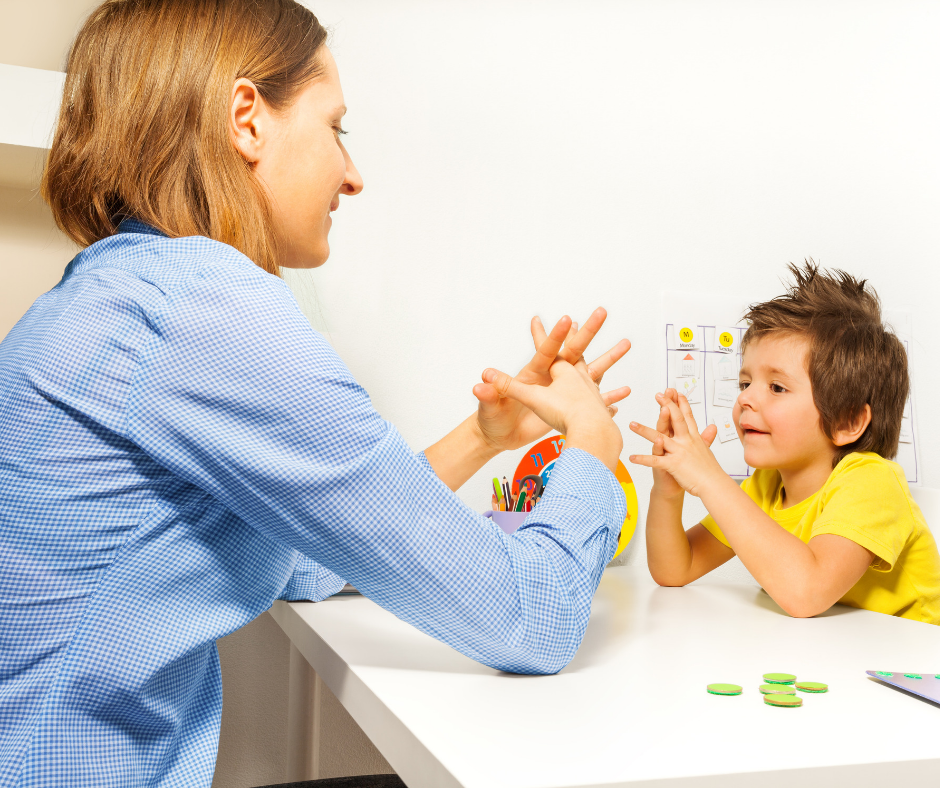
What Makes AutiSpark The Perfect Choice?
Suitable for children with ASD
All the games in the app are created under the guidance of therapists, keeping in mind every child's special needs.
From the makers of KidloLand
AutiSpark is designed by the makers of the award-winning, popular kids educational app - KidloLand.
Specially designed games and activities
Kids on the spectrum are usually visual learners. Hence, the games are made with attention to detail.
Ensures child's focus and attention
There are colorful graphics and interactive animations to make sure your child has endless learning with fun.
Unlimited Learning with Fun & Engaging Games
Get AutiSpark on Multiple Devices
Most apps give you access on only one or two devices. With AutiSpark, you’ll be able to install it on up to 4 devices. AutiSpark is available on iOS, Android and Amazon Fire devices.
Access Hundreds of Worksheets
Along with the app, AutiSpark has a library of hundreds of worksheets and workbooks across 20+ topics for your child.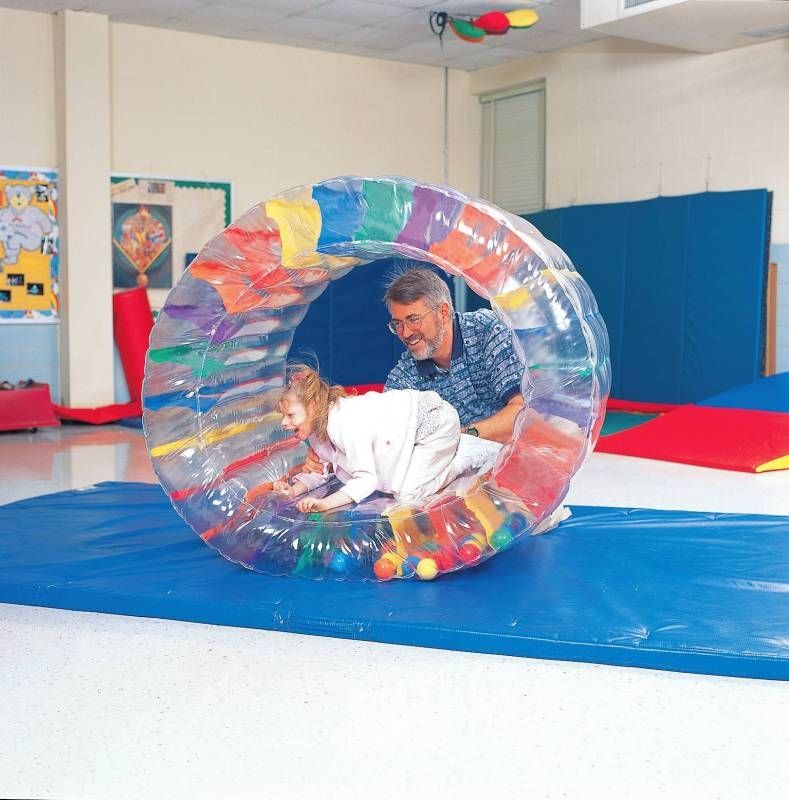 These educational resources can be downloaded and printed anytime from AutiSpark.com as per your child's needs and progress.
These educational resources can be downloaded and printed anytime from AutiSpark.com as per your child's needs and progress.
How Are These Games Different?
These games are specially made by considering the various needs of kids on the autism spectrum, with the help and guidance of therapists. It includes positive reinforcement that kids need to learn and remember. These games are created while keeping the fundamental concepts in mind to help kids learn the basic skills needed on a daily basis.
Matching Games
The ability to understand and recognize different objects will help children to develop the sense of logic.
Flash Cards
Visual learning is very important for kids with autism. Flash Cards will help children to improve their knowledge and the ability to understand.
Patterns & Sequence
For kids with special needs, it is essential to teach them repetition of one pattern and then move on to completion. Repetitive practice will help kids to learn important concepts quickly.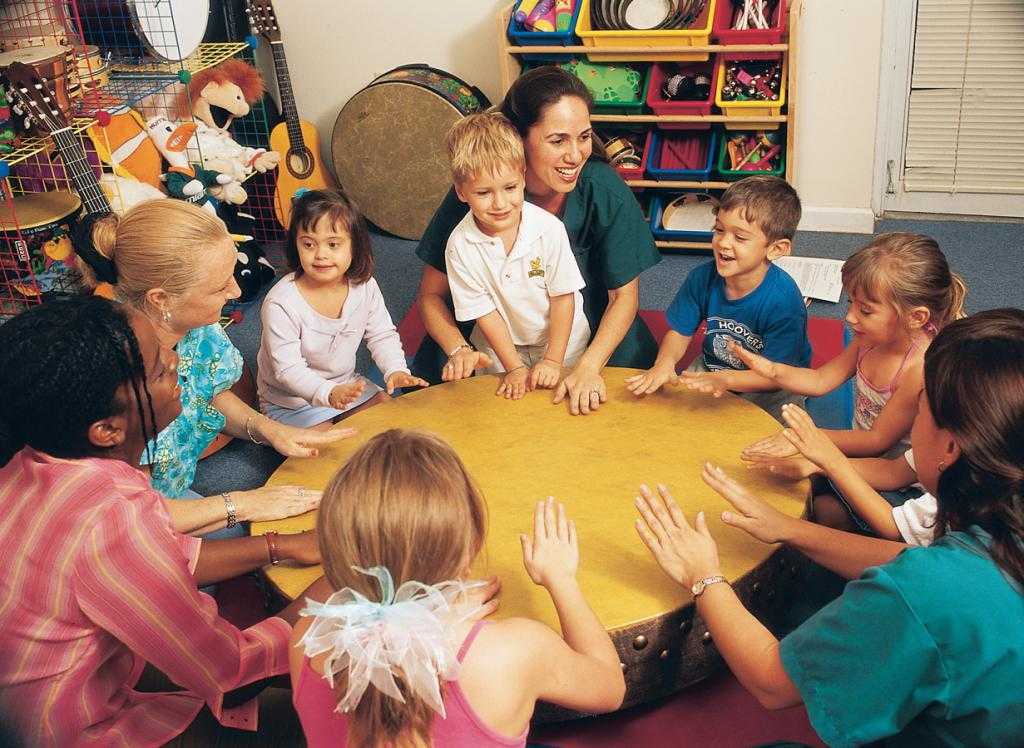
Tracing Games
Writing is an important skill that every young child needs to master. Learn to write uppercase and lowercase letters of the alphabet.
Puzzles
Puzzle games will help children to improve problem-solving skills, mental speed and thought process.
Sorting Games
Teach kids to identify the similarities and differences easily. Kids will learn to categorize and organize different objects.
Memory Games
Kids will sharpen their memory and cognitive skills by playing fun and educational memory games. There will be different levels of difficulty to suit the child's needs.
Words & Spellings
It can be challenging to teach reading skills to children with autism. Our early reading comprehension focuses on recognizing letters, letter combinations & words.
Basic Math Skills
AutiSpark will make math fun with specially designed games which are easy to understand and play. Children will learn math concepts in an easy way.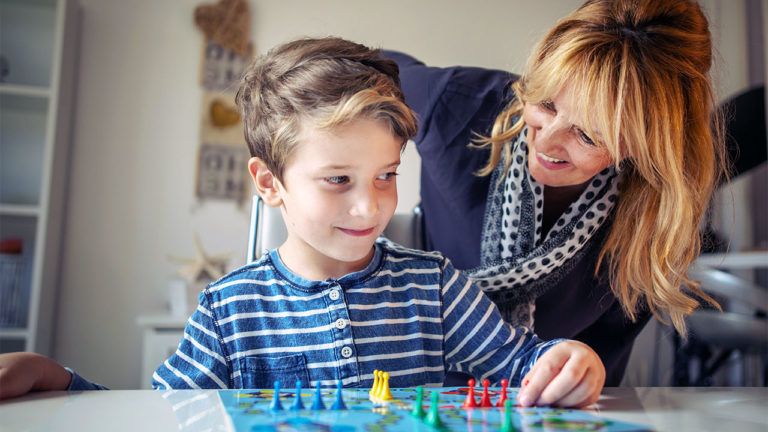
Coloring Games
Identifying colors is crucial for early brain development of your child. AutiSpark has coloring games to enhance their creativity. Kids will also learn words and numbers by coloring.
Eye Direction
Children with autism respond better to visual cues. These games will help them to understand the directions and pick the objects by looking at the eyes.
Alphabet Games
The letters of the alphabet form the building blocks for your child. With AutiSpark, kids will learn to recognize the letters of the alphabet by playing fun and engaging games.
Negation Concept
Negative sentences are often difficult to teach kids with autism. The games in the app will help your child to develop this early language skill to identify what is not to be selected.
Social Stories
Kids with ASD can improve social skills and communication through simple stories. AutiSpark will have many stories to help kids learn about social interaction and appropriate behavior.
Daily Living Activities
AutiSpark will have stories to teach daily living activities like potty training and brushing with a very detailed step by step approach. For example, to teach how to brush teeth, there will be multiple steps like pick up the brush, turn on the tap and so on.
"Highly Recommended"
We usually say NO for the gadgets but when it comes to AUTISPARK App, it is highly recommended. This app teaches the concept in a very fun and colourful way where your kids never hesitate to use the app and learn concepts on the go.
VISHNU PRIYA S.
An experienced occupational therapist who has been guiding us all the way for AutiSpark games and worksheets. She is an M. Sc. in Occupational Therapy from Coventry University, United Kingdom.
Get Access to 200+ Educational Games
Download 1000+ Worksheets and Workbooks
Unlimited access to all new upcoming content
Get One Year Access at US $59.99
Kids Autism Games - AutiSpark on the App Store
Description
AutiSpark is an educational program especially made for children with Autism Spectrum Disorder (ASD) with learning games tested and approved by special educators and occupational therapists.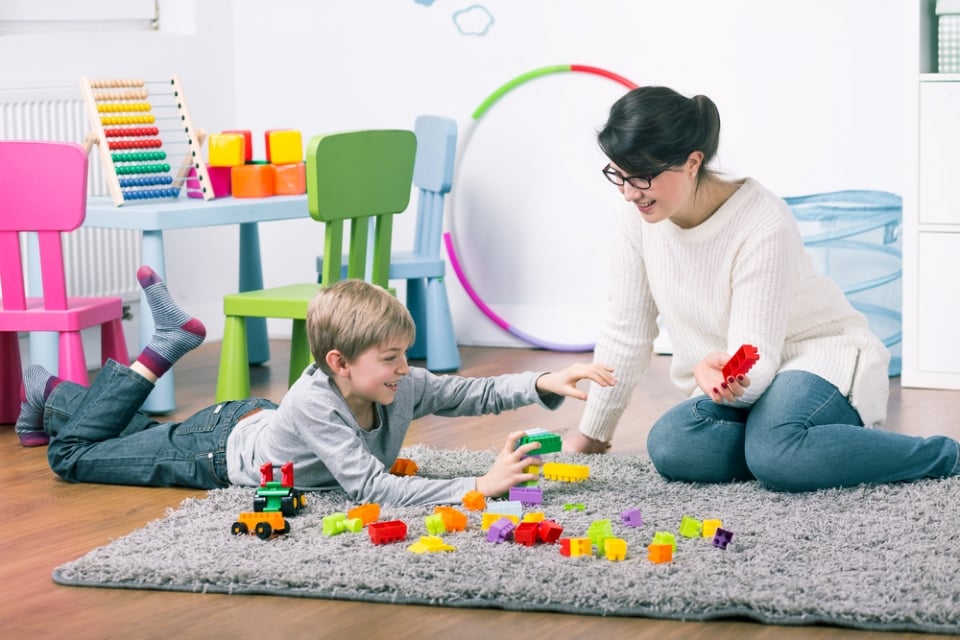 If you are struggling to teach basic concepts to your child, AutiSpark is a must-try for you.
If you are struggling to teach basic concepts to your child, AutiSpark is a must-try for you.
AutiSpark offers a multitude of well-researched, engaging, and interactive learning games. Kids can learn to associate objects via their pictures, understand emotions, do sorting, recognize sounds and words, and do much more.
- Suitable for children with Autism Spectrum Disorder (ASD).
- Specially designed educational games and activities.
- Engaging content to ensure the child's focus and attention.
- Develop basic visual, communication, and language skills.
These educational games are made by considering the various needs of kids on the autistic spectrum, with the help and guidance of expert therapists. It includes positive reinforcement that kids need to learn and remember. These games are created keeping the core concepts in mind to help kids learn the basic skills needed on a daily basis.
Words & Spellings:
It can be challenging to teach reading skills to children with autism. Our early reading comprehension will focus on recognizing letters, letter combinations & words.
Our early reading comprehension will focus on recognizing letters, letter combinations & words.
Basic Math Skills:
AutiSpark gives math a good start with the recognition of numbers, patterns, etc.
Tracing Games:
Writing is an important skill that every young child needs to master. AutiSpark teaches uppercase and lowercase letters of the alphabet, numbers, and shapes.
Memory Games:
Kids will sharpen their memory and cognitive skills by playing fun and educational memory games. There are different levels of difficulty to suit the child's needs.
Sorting & Matching Games:
AutiSpark will teach kids to sort and match different objects by color, shape, similarities, association, etc. It will make their logical thinking stronger.
Puzzles:
Puzzle games will help children to improve problem-solving skills, mental speed, and thought processes.
Yes or No Games:
The concept of Yes or No is difficult for kids on the spectrum to understand.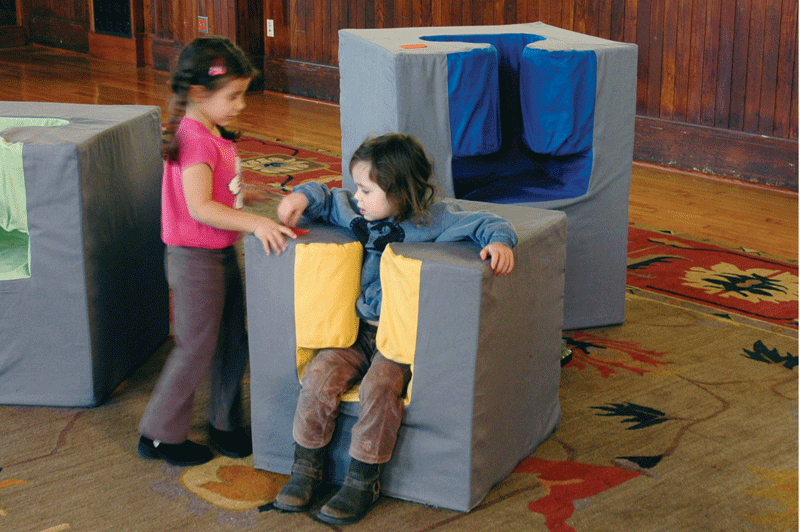 These unique games will be helpful to them.
These unique games will be helpful to them.
Eye Direction Games:
Children with autism respond better to visual cues. These games will help them to understand the directions and pick the objects by looking at the eyes on the screen.
AutiSpark has a 14-day free trial which you can cancel anytime if you do not want to auto-renew the subscription after the trial period.
Want your child to learn essential skills? Download AutiSpark - Autism Games now!
Subscription Details:
- Subscribe to get access to full content including future updates.
- Get the full year subscription at $59.99.
- Payment will be charged to iTunes Account at confirmation of purchase.
- Cancel subscription renewal anytime under Manage App Subscriptions in your iTunes Settings.
- Subscription automatically renews unless auto-renewal is turned off at least 24-hours before the end of the current period.
- The account will be charged for renewal within 24-hours prior to the end of the current period.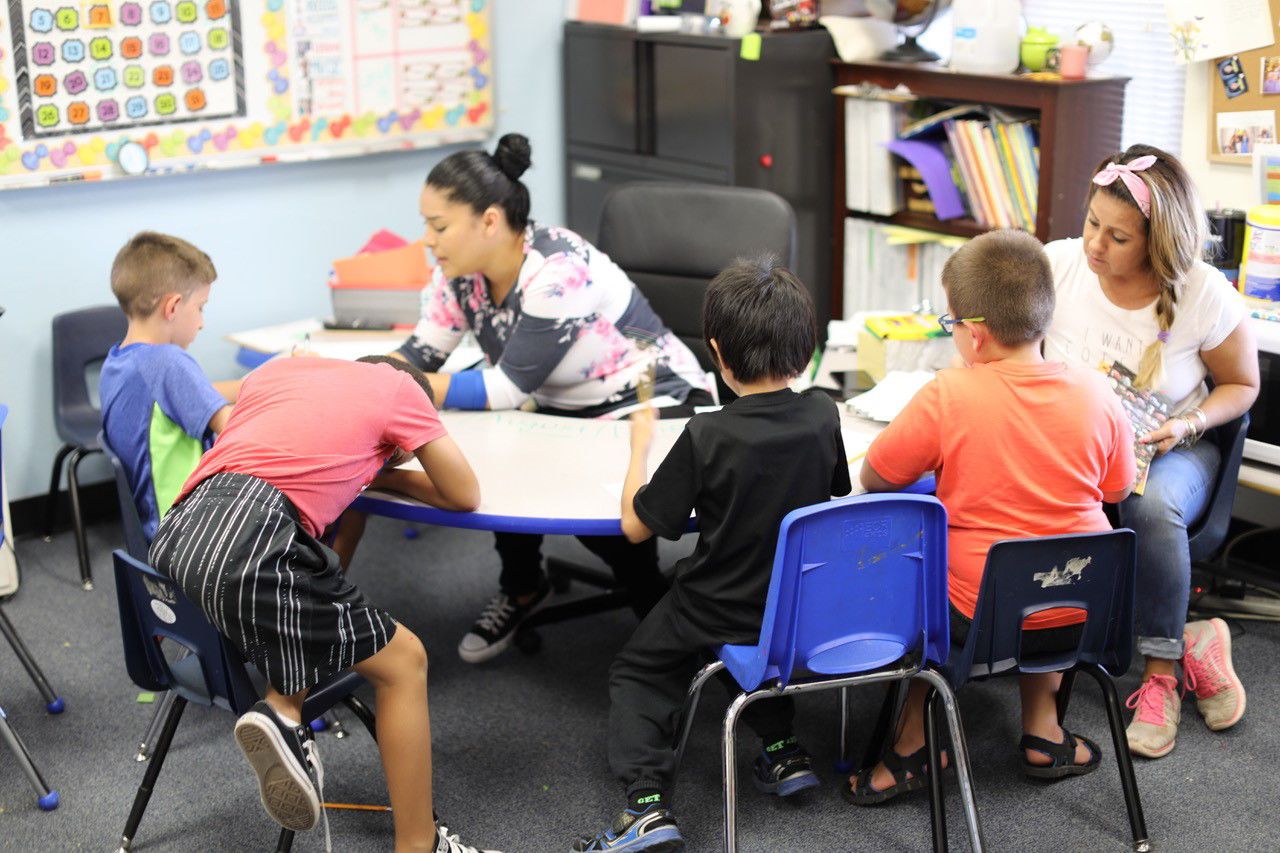
- Use the subscription in any iPad/iPhone/iPod registered with your Apple account.
- No cancellation of the current subscription is allowed during an active subscription period.
Privacy Policy: https://autispark.com/privacy-policy/
Terms of service: https://autispark.com/terms-of-service/
If you need help or have any feedback, email us at [email protected]
Version 3.0
Hello!
We are here with an awesome update. In this version, we have added a games customization feature where you can choose the games and videos of your choice. Update the latest version now! If you like our app, please leave us a 5-star rating on the App Store.
Ratings and Reviews
1.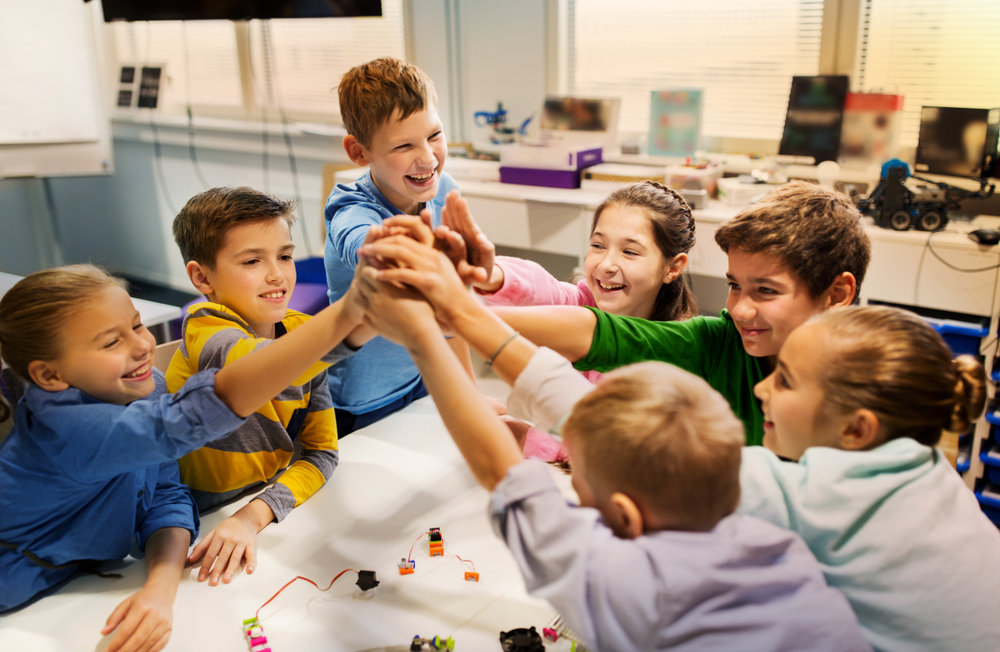 4K Ratings
4K Ratings
Mindfully made for ASD
This app is incredible. My son was diagnosed with autism in 2020 and we’ve been discovering the best ways to help him learn and grow. When I downloaded this app and saw how different it was from other mobile kid apps it honestly made my heart so happy. This app is truly designed for the special kiddos who learn differently than most. My son was fairly non-verbal, but thanks to preschool and activities like the ones in this app, his vocabulary has exploded. So much thought was put into this program and I’m so grateful for it!
Hello, Thanks for your review. Glad to see that you liked the game. Do share with your friends. If you have any suggestions, please let us know at [email protected].
Absolutely love!
We’ve been using this app for months now.
My son has nonverbal ASD & the app keeps his attention for quite a while with its many games + activities. He absolutely loves the puzzles! I love that it also includes social stories. It also helped me with showing my son steps to brushing his teeth since grooming is one of the areas he struggles with most. This app has so much to offer & even my neurological daughter enjoys it so much. Absolutely Love it!
Thanks for the love and support! Reviews like these encourage us to keep giving you awesome service. 🥰 Please recommend our app to your friends, and don’t hesitate to shoot us a note at [email protected] if you have any questions.
Not just for special needs
This is a great app. The games are well thought out and support a whole host of concepts that need to be learned by all children.
The activities are colorful and easy to understand. Best of all, they have a path of 5 activities to be completed each day. I use that daily and because they are varied, it allows me to see where my child’s strengths and weaknesses lie. I highly recommend it.
Hello! Thank you for your kind words about our app! Reviews like these encourage us to keep giving you awesome service. 🥰 Please recommend our app to your friends, and what they are missing out on :) If you have any suggestions, don’t hesitate to shoot us a note at [email protected].
The developer, IDZ Digital Private Limited, indicated that the app’s privacy practices may include handling of data as described below. For more information, see the developer’s privacy policy.
Data Not Collected
The developer does not collect any data from this app.
Privacy practices may vary, for example, based on the features you use or your age.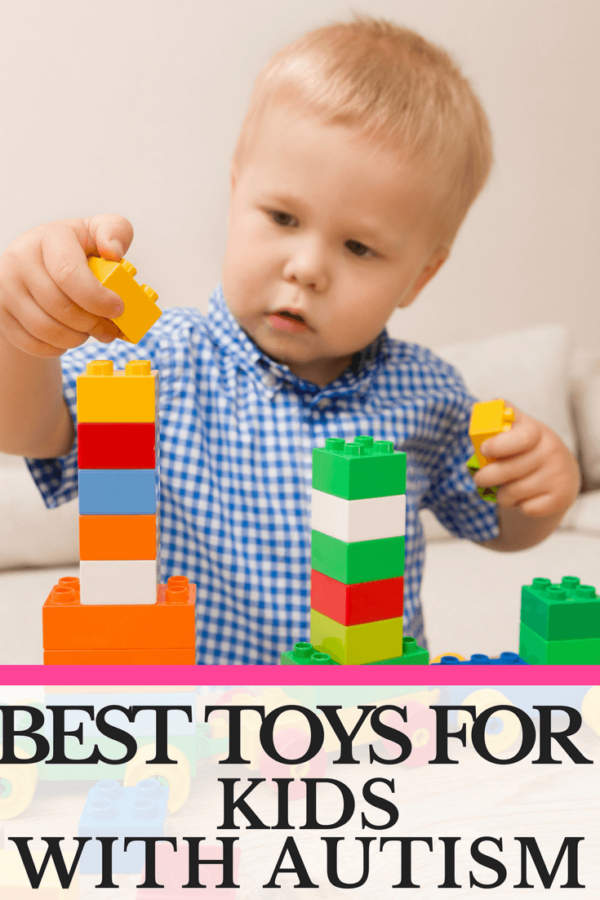 Learn More
Learn More
Information
- Seller
- IDZ Digital Private Limited
- Size
- 268 MB
- Category
- Education
- Age Rating
- 4+, Made for Ages 0–5
- Copyright
- © 2022 IDZ Digital Private Limited
- Price
- Free
- Developer Website
- App Support
- Privacy Policy
Supports
More By This Developer
You Might Also Like
Types of sensory games for autistic children
Games with paints
Colored water
For the game you will need watercolors, brushes, 5 transparent plastic cups (hereinafter, the number of glasses can be any).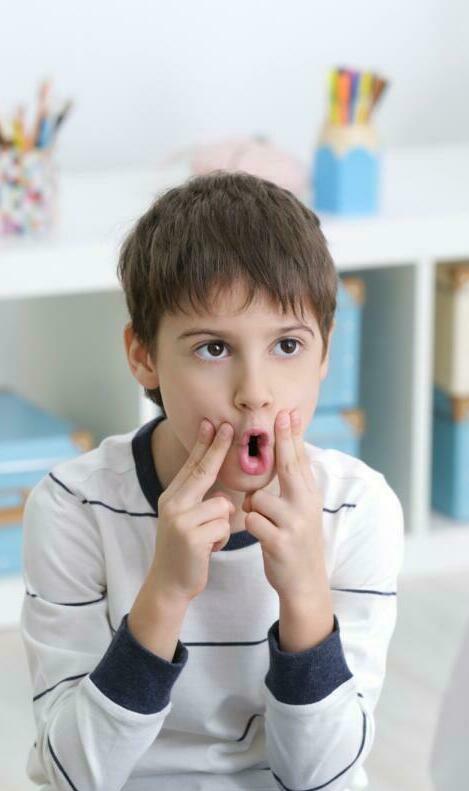 Arrange the glasses in a row on the table and fill with water. Take one of the main colors on the brush - red, yellow, blue, green (you can start with the child's favorite color, if there is one, this will help to involve the child in the game) - and dilute in one of the glasses. When commenting on your actions, try to attract the attention of the child, add an element of “magic”: “Now let's take your favorite yellow paint on a brush, like this. And now ... let's put it in a glass of water. I wonder what will happen? Look how beautiful! Usually the child is fascinated by how the cloud of paint gradually dissolves in water. You can diversify the effect and quickly dilute the paint in the next glass, stirring the water with a brush - the child, by his reaction, will let you know which method he likes best. In this game, the child can quickly show a desire to participate more actively in what is happening - "ordering" the next paint or snatching a brush and starting to act independently. After the first demonstration, the child plays "Colored Water" not only in a lesson with a psychologist or teacher, but can start a game at any time he wants.
Arrange the glasses in a row on the table and fill with water. Take one of the main colors on the brush - red, yellow, blue, green (you can start with the child's favorite color, if there is one, this will help to involve the child in the game) - and dilute in one of the glasses. When commenting on your actions, try to attract the attention of the child, add an element of “magic”: “Now let's take your favorite yellow paint on a brush, like this. And now ... let's put it in a glass of water. I wonder what will happen? Look how beautiful! Usually the child is fascinated by how the cloud of paint gradually dissolves in water. You can diversify the effect and quickly dilute the paint in the next glass, stirring the water with a brush - the child, by his reaction, will let you know which method he likes best. In this game, the child can quickly show a desire to participate more actively in what is happening - "ordering" the next paint or snatching a brush and starting to act independently. After the first demonstration, the child plays "Colored Water" not only in a lesson with a psychologist or teacher, but can start a game at any time he wants. In this case, someone close to you comes to the rescue. If the level of development of everyday skills of the child allows, he may well act independently. nine0005
In this case, someone close to you comes to the rescue. If the level of development of everyday skills of the child allows, he may well act independently. nine0005
When the focus on the pure sensory effect begins to wane (different children require different times and numbers of repetitions), you can begin to expand the game. A possible option for the development of the game is the organization of the active participation of the child in it and the development of everyday skills. So, if the child likes the game, most likely he will agree to fulfill your request-instruction - invite him to open the tap, pour water into a plastic bottle, then fill the glasses with water. If you spilled water on the table or floor, ask your child to wipe the puddle with a rag. Instructions must be clear. At the beginning of such work, you act together with the child: “Let's open the tap. Where is our bottle? Here it is, let's pour some water into it - wow, what a heavy bottle now, let's carry it together.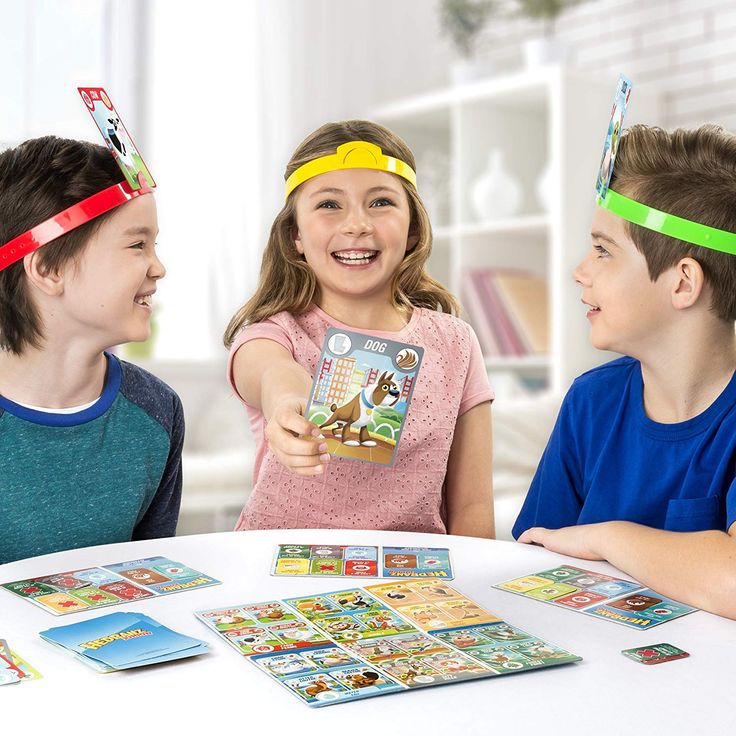 Now let's pour water into glasses. Bul-bul-bul - water flows. Ouch! Spilled water on the table! What a puddle! Take a rag and wipe the table. Now it has become good, ”and so on. When the child is sufficiently accustomed to this game and clearly learns some simple actions, give him more and more independence in completing tasks. nine0005
Now let's pour water into glasses. Bul-bul-bul - water flows. Ouch! Spilled water on the table! What a puddle! Take a rag and wipe the table. Now it has become good, ”and so on. When the child is sufficiently accustomed to this game and clearly learns some simple actions, give him more and more independence in completing tasks. nine0005
Mixing paints
By mixing paints, we can create new colors. To do this, pour water of different colors into one glass or dissolve several colors in turn in a glass of clean water. So, from yellow and red we get orange, from blue and yellow - green, from red and blue - purple. Vivid sensations can give the process of painting with watercolors on a wet sheet. To do this, put an oilcloth on the table or on the floor. Wet a thick sheet of watercolor paper (by simply dipping it in a bowl of water), and place it on an oilcloth, smoothing it with a damp sponge. Dip the brush in one of the paints and gently swipe across the paper.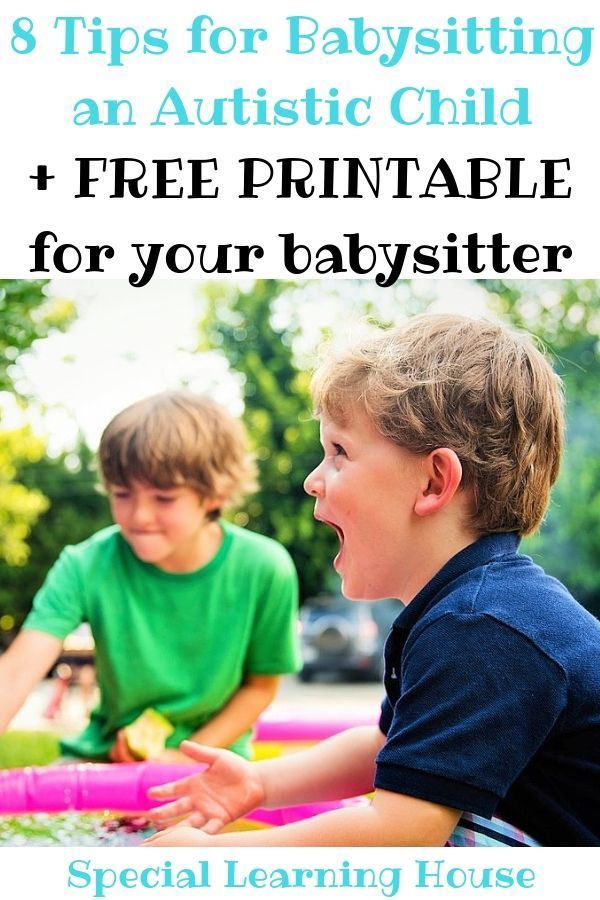 Continue with other colors. As if by chance, you can draw a brush with water over the paper, but without paint - the water mixes with paints and gentle, blurry, light halftones appear on the sheet. Experiment with your child! nine0005
Continue with other colors. As if by chance, you can draw a brush with water over the paper, but without paint - the water mixes with paints and gentle, blurry, light halftones appear on the sheet. Experiment with your child! nine0005
Doll Dinner
Set the table, arrange the glasses, seat the dolls and bears and treat them to various drinks. In the game, red water turns into tomato juice, white water into milk, orange water into fanta, and brown water into coffee... You can start a game of "Restaurant" or "Cafe", taking into account the experience and age of the child. The game can be an occasion to practice counting - count the glasses of drinks so that they correspond to the number of "guests". Using cups of different sizes, you can introduce the child to the concept of size. nine0005
Water games
Playing with water, pouring and splashing are especially loved by children. Such games can be started not only while swimming, but at any opportunity: stick your finger into the beating stream of the fountain and see what happens; look into a puddle on the pavement and try to see your reflection in it, clouds, branches; throwing pebbles into the pond and watching the circles diverge on the water .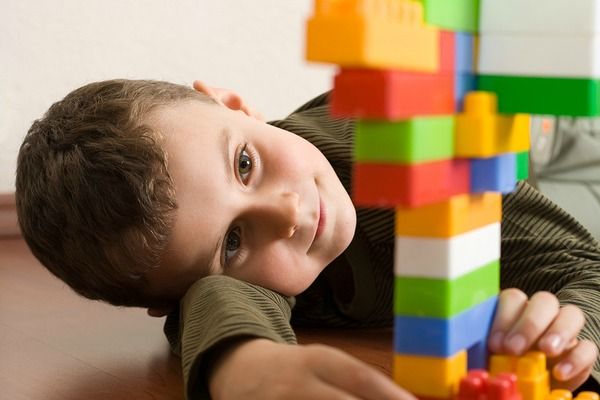 .. Playing with water also has a therapeutic effect. The very texture of water has a pleasantly calming effect, gives emotional relaxation. Therefore, it is useful to visit the pool: the child not only learns to swim, tempers health, but can also shed negative emotions and get a positive boost of energy. nine0005
.. Playing with water also has a therapeutic effect. The very texture of water has a pleasantly calming effect, gives emotional relaxation. Therefore, it is useful to visit the pool: the child not only learns to swim, tempers health, but can also shed negative emotions and get a positive boost of energy. nine0005
Water transfusion
Move a chair near the sink to make it easier for your child to reach the tap. Take plastic bottles, vials, cups, bowls of various sizes. Now fill them with water: “Bul-Bul, some water has flowed. from an empty bottle, and now a full one. You can pour water from one container to another.
Open up! - close!
Turn over the plastic bottle filled with water. Then place your palm under the jet flowing from the neck. Comment on your action with the words: “Closed the water! How do you ask to open the water? Say: “Lena (encourage the child to use appeals), open!” Here, she opened it - water flowed again, bub-bub-bub! next time, use the child's palm to encourage him to close and open the water.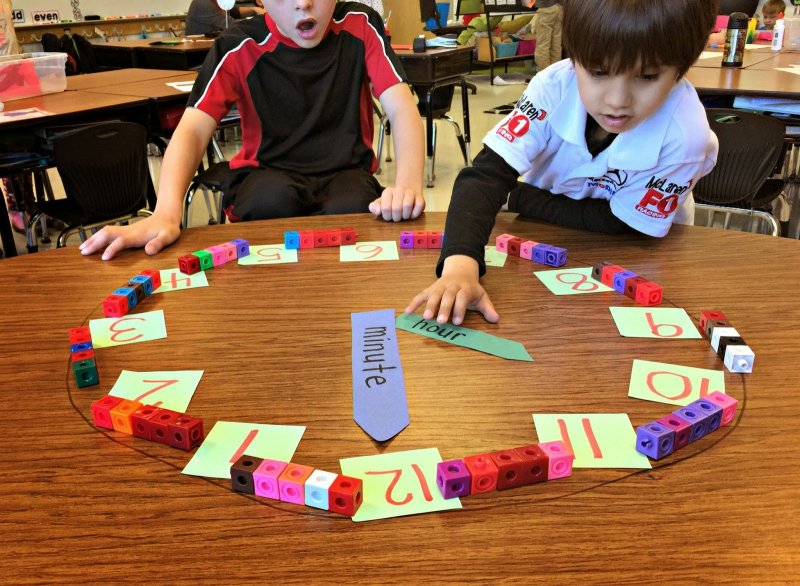 nine0005
nine0005
Fountain
If you put a spoon or bottle with a narrow neck under a stream of water, you get a “fountain”. Usually this effect leads children to delight: “Psh-sh-sh! What a fountain turned out - hurray! Substitute your finger under the stream of the "fountain", encourage the child to repeat the action after you.
Swimming pool
After filling the basin with water, organize a "pool" game where toys learn to swim. Conducting such a game is recommended if the child has already visited the pool and he has a real idea about it. Accompany the course of the game with a verbal comment: “Here our dolls came to the pool. What a big pool! pool learn to swim - like that. Let's go!" nine0005
Lake
Fill a large basin with water: now it is a “lake” in which fish or ducks swim: “what a deep lake - a lot of water! ducks swim in the lake. from mother duck. But her children are little ducklings.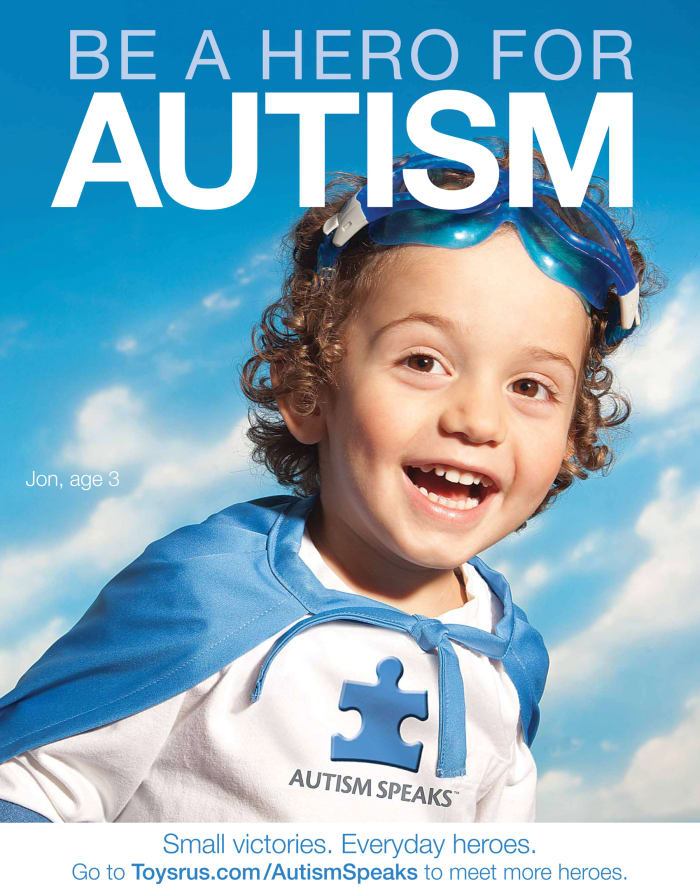 "Quack-quack-quack! - says the duck. “Children, swim after me!” from the ducks they went to the shore and bask in the sun, etc.
"Quack-quack-quack! - says the duck. “Children, swim after me!” from the ducks they went to the shore and bask in the sun, etc.
Sea boats: “A boat sailed across the sea and buzzes: woo! Who wants to sail on a ship? Bunny wants! (you can use figures molded from plasticine, which are firmly installed on the deck) the wind has risen! What strong waves! Our boat overturned - let's save the passengers as soon as possible! And now let's fix the boat and we can sail on, ”etc.
Bathing the dolls
Bathe the naked dolls in warm water, rub them with a washcloth and soap, wrap them in a towel: “Now we will bathe the dolls. Let's pour warm water into the bath - try some water with a pen, is it warm? Excellent. And here are our dolls. What are their names? This is Katya, and this is Misha. Who will swim first? Katia? Good. Let's ask Katya, does she like some water? Not hot? etc.
Washing the dishes
Wash the dishes after the puppet dinner using a sponge and dishwashing liquid: “We will wash the dishes. Open the faucet! What kind of water is here? Hot. And here? Cold. Let's open both cold water and hot water - then we get warm water. from so rub a plate with a sponge. Now let's rinse. The dishes are clean!” nine0005
Open the faucet! What kind of water is here? Hot. And here? Cold. Let's open both cold water and hot water - then we get warm water. from so rub a plate with a sponge. Now let's rinse. The dishes are clean!” nine0005
Bubble games
Children love to watch bubbles swirl and run around the room screaming with delight until they “catch” every single one of them and immediately ask for repetition. But they often refuse to blow bubbles themselves - this requires skill and a certain level of breathing development. We offer to pre-prepare the child for the game with soap bubbles. To do this, you need to teach him to blow strongly, to direct the stream of air in the right direction. We offer the following games:
- “It snowed” - blow on a piece of fleece in the air so that it does not fall.
- “Sail, boat!” - blow on a small light boat on the water (for example, while swimming).
- "Turntable" - blow on a spinner toy.
- "Roll, ball!" - blow on a small ball (for example, for ping-pong), you can blow through a straw.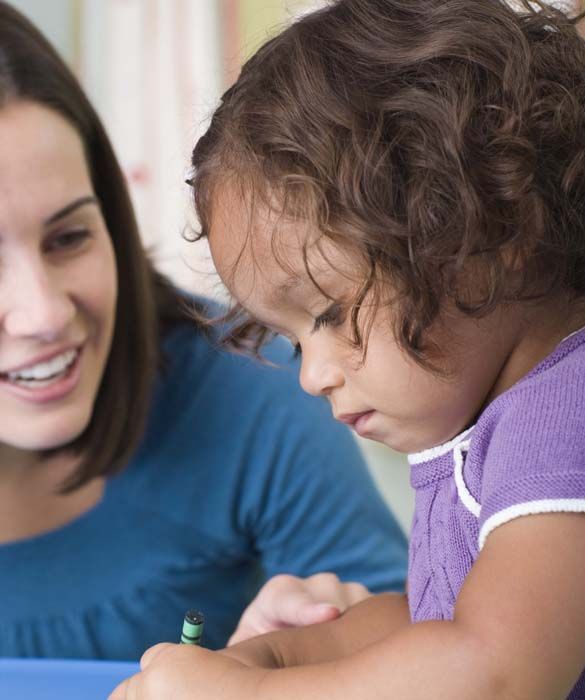
- "Bulki" - blow through a straw into a glass half filled with water. The game will show whether the child has formed a purposeful exhalation and whether he blows strongly. nine0005
Soap bubbles
To arouse your child's interest in self-blowing bubbles, offer him, in addition to the frame from the purchased bubble, a variety of tubes - for this, take (after discussing with the child the goal) a cocktail tube from McDonald's or roll it up and glue from thick paper a thick pipe. To get a large bubble, a small plastic bottle with a cut off bottom is also suitable. You can disassemble the gel pen and use its body - a transparent tube made of hard plastic (in this case, the child will not bite or bend the tube). nine0005
Foam Castle
Pour some water into a small bowl, add dishwashing liquid and stir. Take a wide cocktail tube, lower it into a bowl and start blowing - with a loud gurgling, a cloud of iridescent bubbles will grow in front of the child's eyes.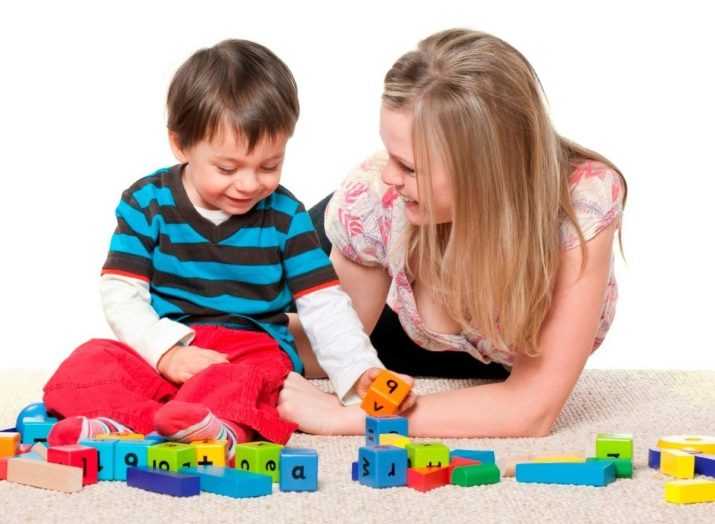 Invite the child to blow with you, then independently. Place a plastic or rubber toy inside the foam - this is the "prince who lives in the foam castle."
Invite the child to blow with you, then independently. Place a plastic or rubber toy inside the foam - this is the "prince who lives in the foam castle."
Candle games
Prepare a set of candles - regular long, floating candles, small birthday cake candles.
Let's blow on the light
Set the long candle steady and light: "Look, the candle is burning - how beautiful!" Remember that the child may be frightened - then postpone the game. If the reaction is positive, offer to blow on the flame: “Now let's blow ... Stronger, like this - oh, the light went out. Look at the smoke rising." Most likely, the child will ask you to light the candle again. In addition to enjoyment, blowing out the flame of a candle is good for the development of breathing. nine0005
Walking in the dark
Leave your mother a “homework assignment”: when it gets dark, do not turn on the electric light in the apartment, but light a candle and walk around the house with it, lighting the way.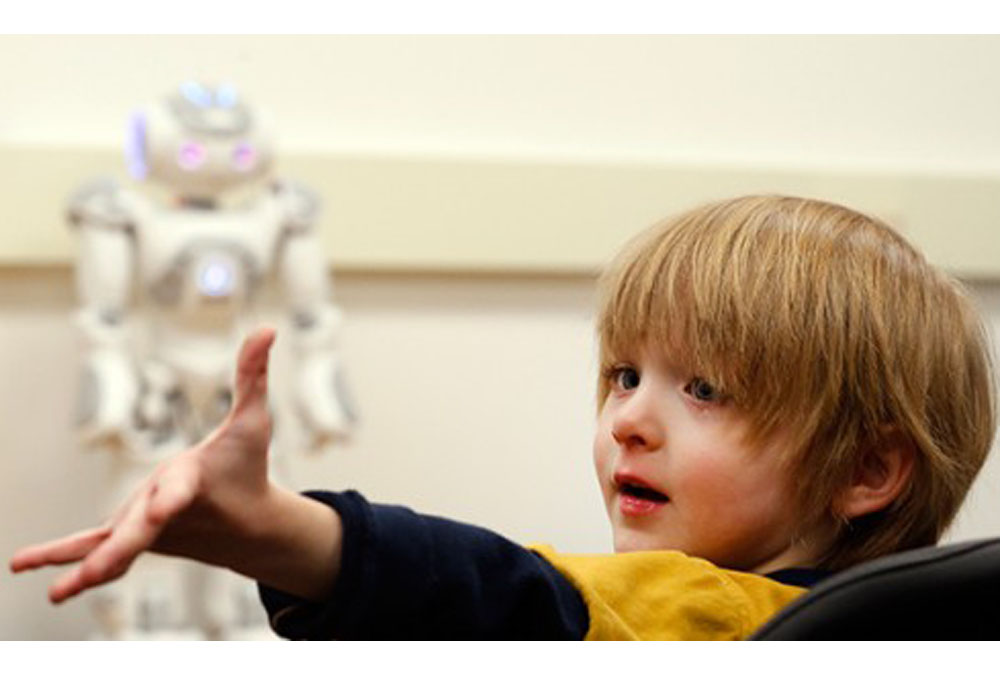
Drawing with smoke
Holding an extinguished candle in your hand, draw smoke in the air: “Look how smoke is in the air! Can you smell it?" Then blow or wave your hand a few times to dissipate the smoke.
Water party
After filling the basin with water, lower one or more floating candles onto its surface - in a dark room (for example, in a bathroom with a closed door) you will get a spectacular spectacle with light reflections shimmering in the water. For stability, you can put candles on plastic plates from doll dishes.
Cold - Hot
Fill a tablespoon with water and hold it over the candle flame, drawing the child's attention to the fact that the cold water has become warm. You can also melt a piece of ice, ice cream or butter. “You can’t touch the light - it’s hot! You can get burned. Let's hold a piece of ice over the flame. Look, the ice is melting.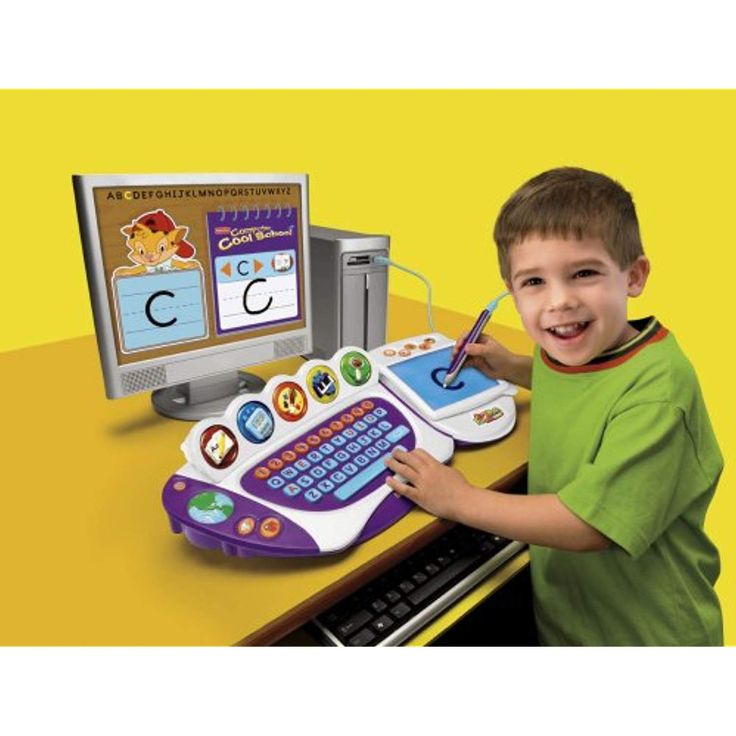 " nine0005
" nine0005
Birthday
Make marshmallows in chocolate or marshmallow and stick one or more festive candles - today is Bear's Birthday. Set the table with your child, invite guests, sing a song. Then solemnly bring in the “birthday cake” and blow out the candles.
Games with light and shadows
Sunny bunny
Having chosen the moment when the sun looks through the window, catch a ray with a mirror and try to draw the baby’s attention to how the sunny “bunny” jumps on the wall, on the ceiling , from the wall to the sofa, etc. He may want to touch the spot of light. Then slowly move the beam to the side: try to attract the child to the game - offer to catch the fleeing "bunny". If the kid liked the game, switch roles: give him a mirror, show him how to catch the beam, and then stand against the wall. Try to “catch” a speck of light very emotionally, while not forgetting to comment on your actions: “I’ll catch it! What a smart bunny - how fast it runs! Oh, and now it’s on the ceiling, you can’t get it .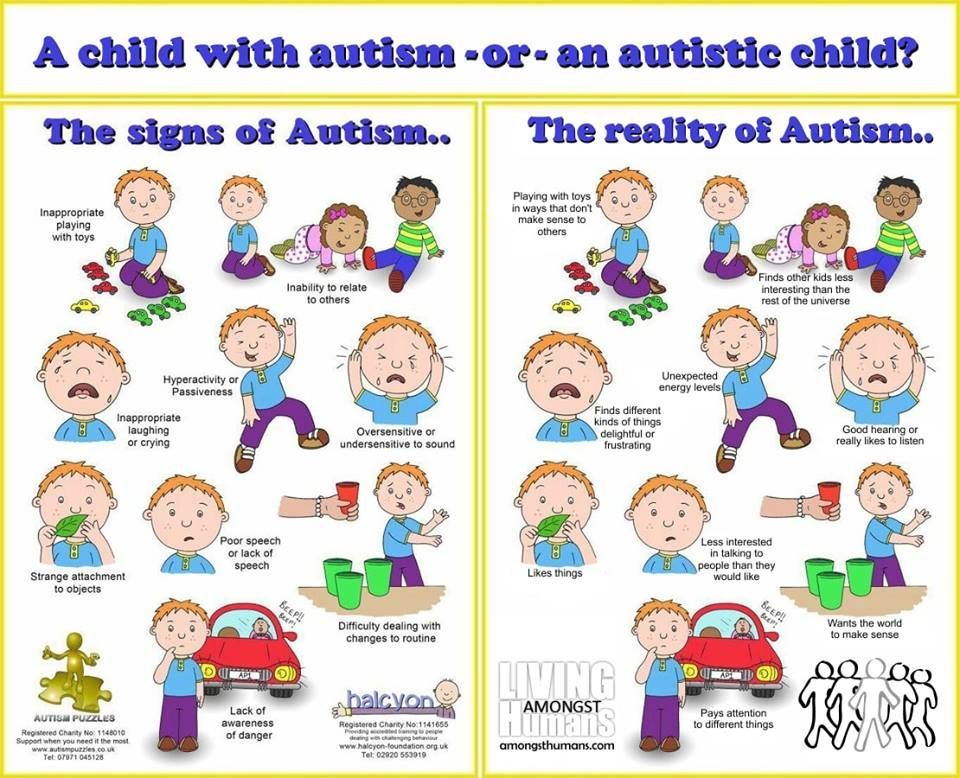 .. Come on, hare, come down to us! The laughter of a child will be your best reward. nine0005
.. Come on, hare, come down to us! The laughter of a child will be your best reward. nine0005
Shadows on the wall
When it gets dark, turn on the table lamp and shine it on the wall. With the help of your hands, you will get on the wall the shadow of a barking dog, a flying bird, etc. You can use various objects and toys. The child may be frightened, so try carefully and the first time you play such a game is not in the children's room. In the event of a fright, the child's fear will be firmly connected in his mind with the place where the child experienced it, with a specific table lamp. Try to start in the corridor, but rather on the street, in the light of a lantern. nine0005
Shadow theater
You can come up with a simple plot and organize a whole “shadow theater”, for which you can use paper silhouettes prepared in advance.
Flashlight
Prepare an electric flashlight and when it gets dark, walk around the apartment with a flashlight.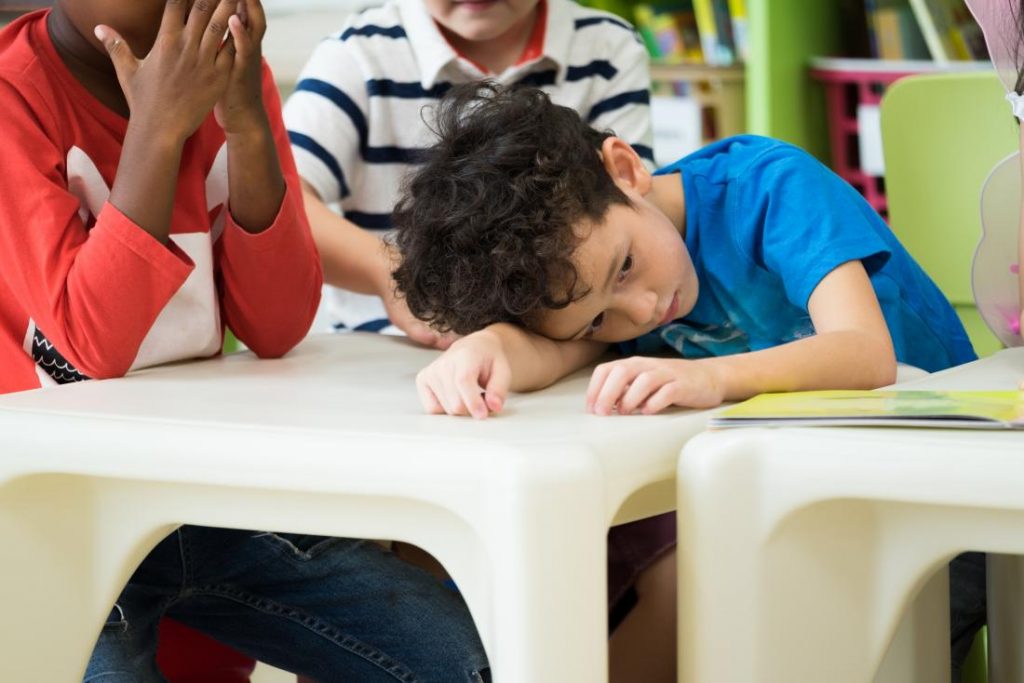 A flashlight will come in handy if a bulb has burned out, while walking along the dark alleys of the park where there are no lamps, etc.
A flashlight will come in handy if a bulb has burned out, while walking along the dark alleys of the park where there are no lamps, etc.
Dark - light
Use a flashlight to light up the dollhouse or playhouse you can build from the big box.
Chinese lantern
Pasting the wire frame with colored paper and fixing a small lantern inside, you get a "Chinese lantern" that will illuminate everything around with a mysterious light.
Ice games
Ice floes
Let mother prepare ice in advance: together with the child, fill the ice mold with water and put it in the freezer. At the lesson, take out the ice and, together with the child, squeeze it out of the mold into a bowl: “Look how the water has frozen - it has become cold and hard.” Warm a piece of ice in your palm: “Oh, what a cold piece of ice! And the handle is warm - let's squeeze it in the palm of your hand.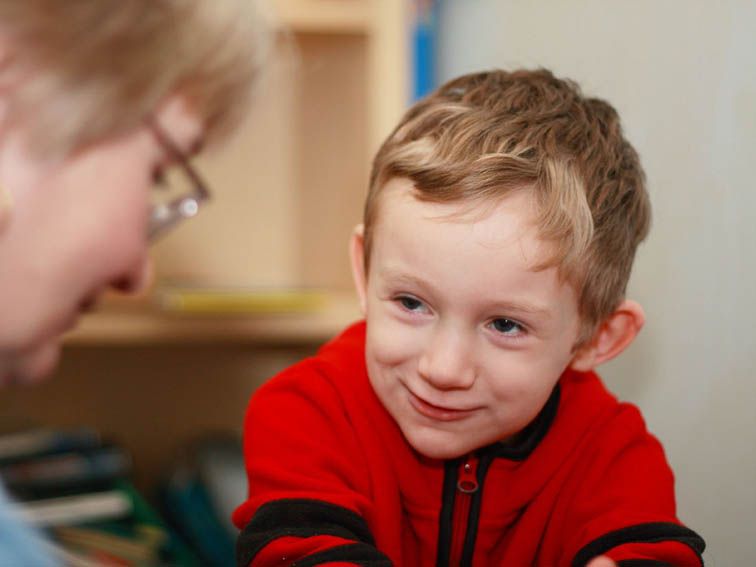 Look, the water is dripping - it's the ice that melts and turns back into water. nine0005
Look, the water is dripping - it's the ice that melts and turns back into water. nine0005
Ice is melting
Heat a piece of ice over a candle flame or over a stove. Or, pour hot water into a glass glass (you can tint it), lower a piece of ice and watch how quickly it melts. You can take several glasses and watch how ice melts differently in water of different temperatures.
And when the child is drinking very hot tea, add a piece of ice to the cup of tea to “cool the tea faster”. You can also cool the juice for the bear, the bear drinks and says: “Oh, what a cold juice!” nine0005
Colored ice
Colored ice can be made by adding colors to water. Or paint on a large piece of ice.
Ice figures
Freeze water not only in special molds. Also use plastic cups, candy molds to get ice cubes of different shapes and sizes. Use them as a constructor - lay out patterns (preferably on a uniform colored background).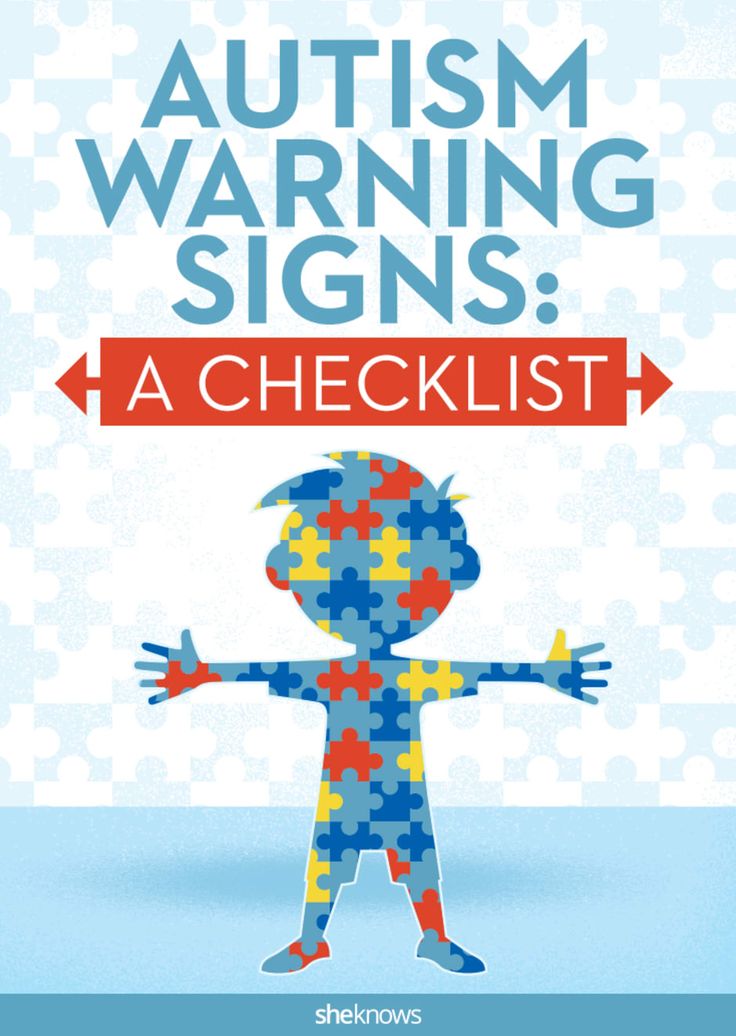 Make an ice pyramid or house out of ice. nine0005
Make an ice pyramid or house out of ice. nine0005
icicles
In the winter, pay attention to icy puddles, icicles, etc. In winter.
Games with cereals
Prepare cereals: buckwheat, style cereals, beans, rice. The class is held in the kitchen.
Hiding the handles
Pour the buckwheat into a deep bowl, dip your hands into it and move your fingers, feel its structure. Expressing pleasure with a smile and words, invite the child to join in: “Where are my hands? We hid. Let's hide your hands. Move your fingers - so nice! Now rub your palms together - it pricks a little, right? Hide small toys by burying them in grits and then look for them. In the following classes, you can use other cereals. nine0005
Pour the cereal
Pour the cereal with a scoop, spoon, glass from one container to another. Pour the cereal in your hands, drawing the child's attention to the sound extracted at the same time.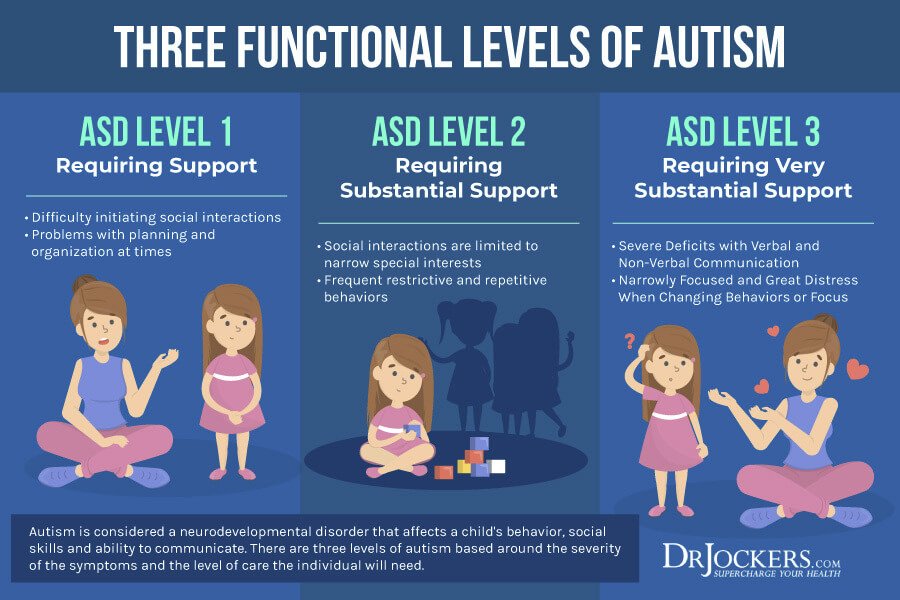
Rain, hail
The child may want to scatter cereal. In this case, it will be very difficult to stop him. Be prepared for this development of events - let the child do this by controlling his actions. Let the crumbling grain become “rain” or “hail”, and from that moment the sensory play becomes therapeutic. On the croup scattered on the floor, you can walk in socks or barefoot. You can sprinkle cereal on the neck or bare back of the child, if he allows. At the end of such a game, organize cleaning. nine0005
Let's feed the birds
In this game you will need buckwheat or rice groats and toy figures of birds - these can be sparrows, or chickens, ducks. “Here the birds flew to us: pee-pee-pee! The birds are asking for food. What do birds eat? Yes, grains. Let's fill the birds with grains. Eat, birds, grains!
Delicious porridge
After adding water to the semolina, cook a “porridge” for the doll, and then feed it.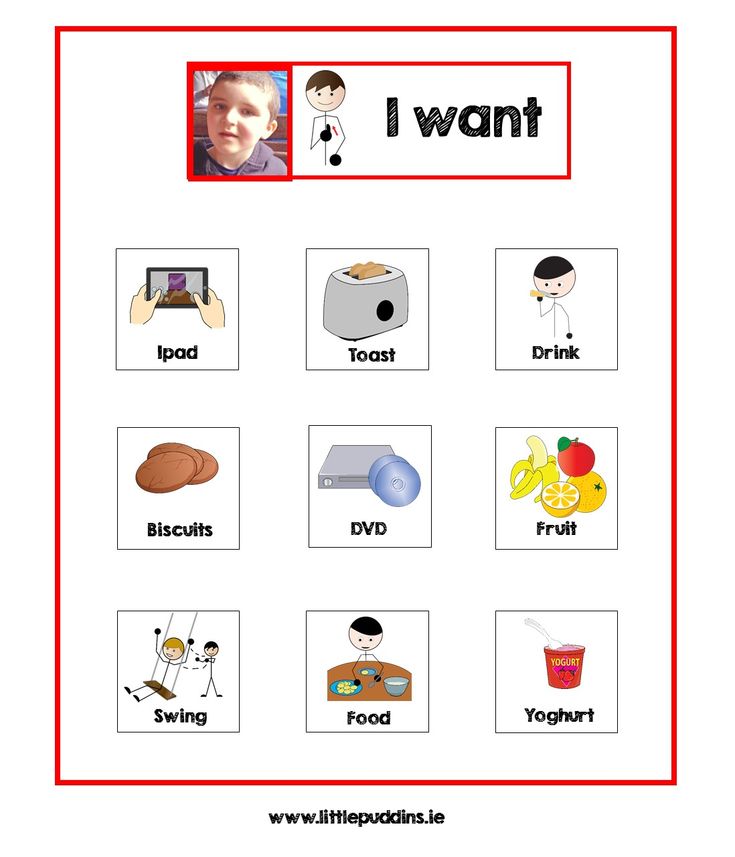 Together with your child, cook real porridge, let him get the pan, fill in the cereal, stir the porridge with a spoon. You can “cook” other food for dolls from cereals - for example, if you press peas into a piece of brown plasticine, you get “chocolate with nuts”. nine0005
Together with your child, cook real porridge, let him get the pan, fill in the cereal, stir the porridge with a spoon. You can “cook” other food for dolls from cereals - for example, if you press peas into a piece of brown plasticine, you get “chocolate with nuts”. nine0005
Divide into bowls
Mix some beans and peas in a bowl. Then ask the child to separate the peas and beans and put them on separate plates: “Look, the peas and beans are mixed. Let's put the peas on this plate, and the beans on this one.
Games with plastic materials
(plasticine, dough, clay)
Let us state in advance that the use of some materials is impossible due to the increased squeamishness of an autistic child. He may throw away the dough in disgust, because it sticks to his hands, he will not dare to touch the clay, he will refuse to work with plasticine if it is smeared or smells unpleasant. Choose environmentally friendly unflavored plasticine in natural colors, soft enough, but not sticky to your hands. In this case, your choice will not always coincide with the choice of the child. However, experience shows that it is possible to find material that a child will enjoy. To work with plastic materials, you should teach your child some skills to work with them:
In this case, your choice will not always coincide with the choice of the child. However, experience shows that it is possible to find material that a child will enjoy. To work with plastic materials, you should teach your child some skills to work with them:
- Mnem and pinch off. Prepare a block of plasticine and invite the child to hold it in his hands, crush it with his fingers, and pinch off a few small pieces. Such actions will introduce the child to the soft and plastic texture of the material, give a variety of tactile sensations to the fingers. Next time, offer your child a piece of dough, then clay. Please note that different materials are not similar to the touch, have different properties.
- Apply pressure and smear. Teach your child to press a piece of plasticine against a board or a sheet of cardboard with a pressing movement of the index finger (the result should be a round cake). If you first press your finger on the plasticine, and then move your finger, then in this way (smearing) we get a plasticine line.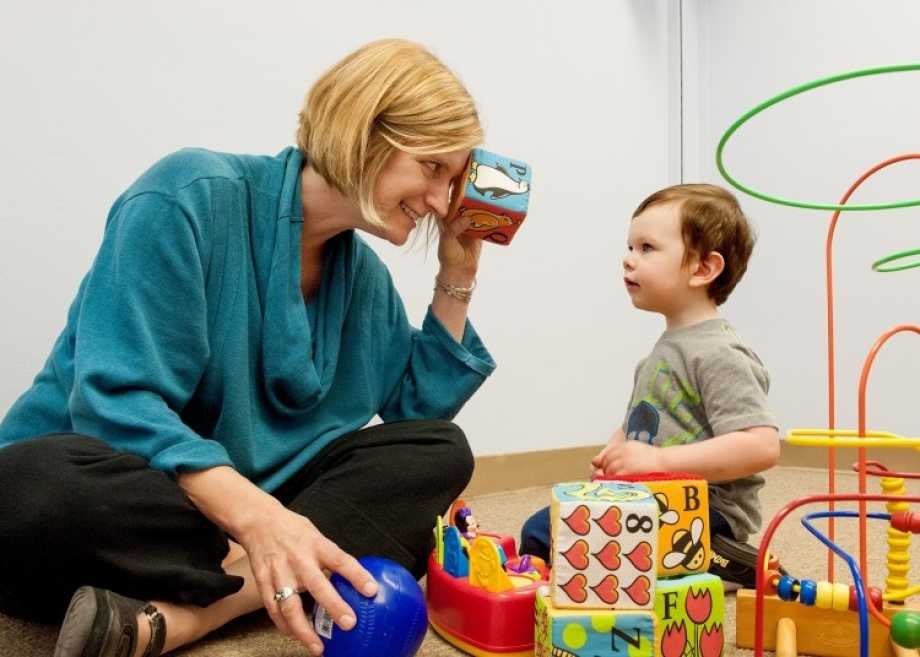 nine0005
nine0005
– Rolling into balls, rolling into sausages. Show your child the two basic modeling techniques (rolling balls in a circular motion and rolling sausages back and forth): on the plane of the table or between the palms if we are working with a large piece, or between fingers (thumb and forefinger, or thumb and middle), if a piece of plasticine little. At first, act with the hands of the child (if he does not resist). Then invite your child to try doing it on their own. Usually, the implementation of these simple techniques, especially rolling, does not cause great difficulties for the child. nine0005
– Cut into pieces. Teach your child to cut plasticine or dough into pieces of various sizes using a plastic stack.
After the child learns each technique separately, you can combine different methods in one game. For example, when we “make pies”, we crumple, roll out, and cut.
Plasticine pictures
When creating plasticine pictures, pressure and smearing methods are used. In such a simple way, you can quickly make a wide variety of “pictures” from plasticine: smear green plasticine on cardboard - this is “grass”, pinch off small pieces from a bar of red plasticine and stick them - you get a “clearing with berries”. In the same way, “goldfish” will swim in the blue pond, and a yellow plasticine “sun” with rays will appear on the blue cardboard. Smear multi-colored pieces of plasticine on a dark background - you get a “salute”. And if you press multi-colored plasticine cakes to a cardboard circle, you get “sweets on a plate”. nine0005
In such a simple way, you can quickly make a wide variety of “pictures” from plasticine: smear green plasticine on cardboard - this is “grass”, pinch off small pieces from a bar of red plasticine and stick them - you get a “clearing with berries”. In the same way, “goldfish” will swim in the blue pond, and a yellow plasticine “sun” with rays will appear on the blue cardboard. Smear multi-colored pieces of plasticine on a dark background - you get a “salute”. And if you press multi-colored plasticine cakes to a cardboard circle, you get “sweets on a plate”. nine0005
Cooking
We roll small balls of red plasticine - we get “berries”, and multi-colored balls become “candies” or “vitamins”. If you stick sticks into multi-colored plasticine balls (you can use “ear sticks” after removing cotton wool), you get “chupa-chups” fruit candies. We roll out a piece of red plasticine - we get a “sausage”, and if we roll out white plasticine thinly, we put it on a plate of “spaghetti”.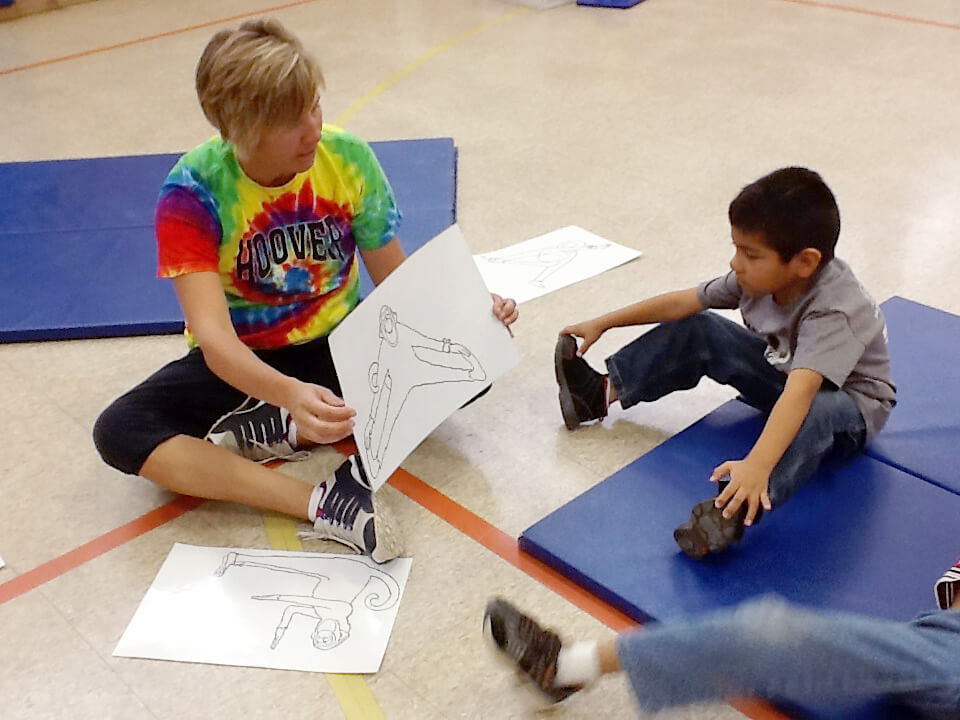 Cut a piece of light brown plasticine into pieces - this is “bread”. nine0005
Cut a piece of light brown plasticine into pieces - this is “bread”. nine0005
So, the "treat" is ready, we invite the puppets to the "Dinner". You can fashion a festive cake from pieces of plasticine of different colors, insert a candle and organize a “Birthday”. When you start the dough, give the child a piece and try to organize the modeling of "pies" with him.
Vegetable garden
Lay plasticine beds on a piece of thick cardboard. Now “plant vegetables”, for this you can use cereals - so, peas will become “turnip”, and red beans will become “potatoes”; multi-colored mosaic will turn into "red tomatoes" and "green cucumbers"; some vegetables (for example, “carrots”) can be tried to be molded from plasticine. nine0005
If the child likes this game, you can think of other vegetables. Similarly, “berries and mushrooms” will grow in the forest, and “flowers” from the mosaic will grow in the clearing.
Games with sounds
Let's listen to sounds
The world around us is filled with various sounds.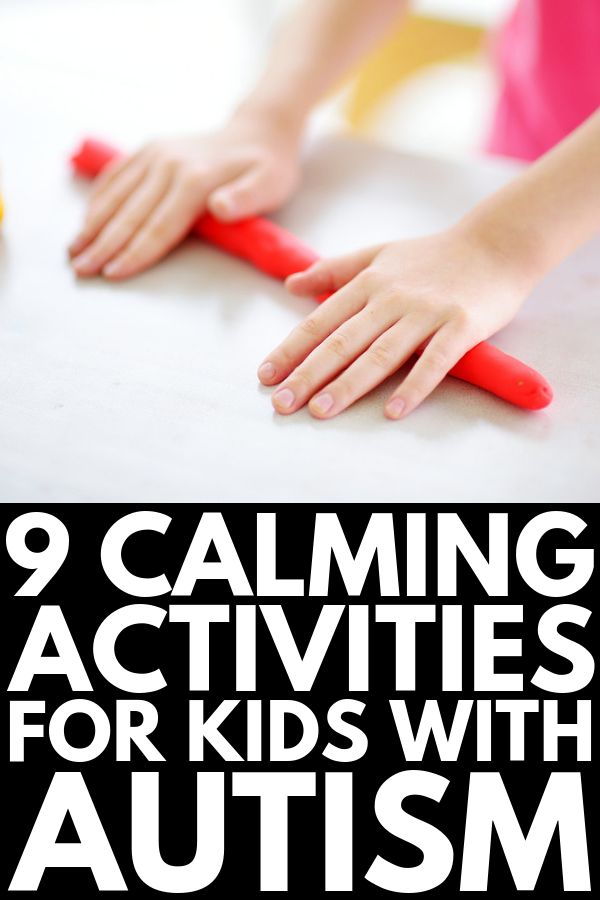 Pay attention to them - listen with him to the creak of the door, the sound of a spoon against the walls of the cup when you stir tea, the clink of glasses, the squeak of brakes, the sound of train wheels, etc.
Pay attention to them - listen with him to the creak of the door, the sound of a spoon against the walls of the cup when you stir tea, the clink of glasses, the squeak of brakes, the sound of train wheels, etc.
Let's knock, let's rattle!
Make a variety of sounds from objects: tap wooden (or metal) spoons against each other, run a stick over a radiator, tap your knuckles on glass.
Find the same box
Pour different cereals into small boxes (there should be two boxes with the same cereal). Shake the box, drawing the child's attention to the sound, and let him find a box that sounds the same. In addition to cereals, you can use beads, pebbles and other materials. Increase the number of pairs of boxes gradually. nine0005
Walks
Get a variety of sounding toys for a child - rattles, whistles, squeaks, etc. harmonica, piano. When the child learns to distinguish their sound by ear, to play them correctly, use his skills in story games - “The bear has a birthday.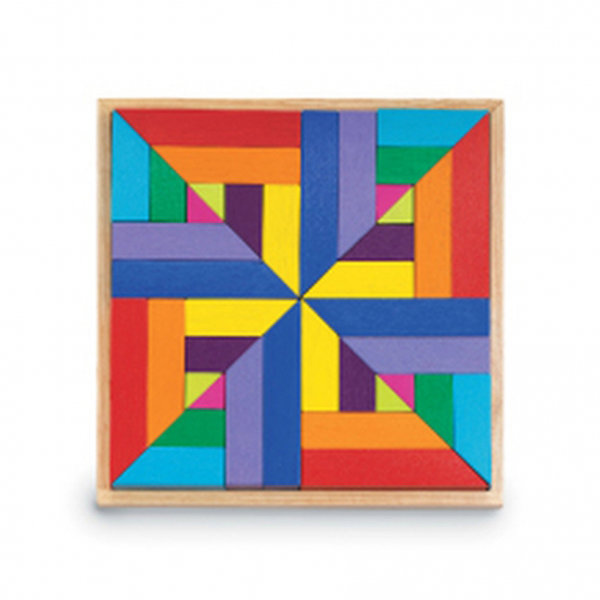 Let's play the piano for him," when we sing a song about Antoshka, we play the harmonica, etc.
Let's play the piano for him," when we sing a song about Antoshka, we play the harmonica, etc.
Sounds of nature
Once in nature, together with your child, listen attentively to the sounds around you - the rustle of leaves, the buzzing of a fly, the murmur of a stream... The sounds of nature in themselves bring calm and harmony.
Rhythm games
Rhythm games provide new opportunities for the development of an autistic child. Using the child's interest in rhythm and melody can help "disinhibit" his speech, develop imitation, and cause motor activity. In rhythm games, use the following techniques:
– hand clapping;
- stamping feet;
- jumping in a certain rhythm;
- dancing;
- pronunciation of the texts of poems;
- singing children's songs.
The use of poems, nursery rhymes, songs in work with an autistic child involves:
– Accompanying the text with movements;
- Playing the story with toys;
- Showing plot pictures (in the future, such a picture will "start" the child singing a song).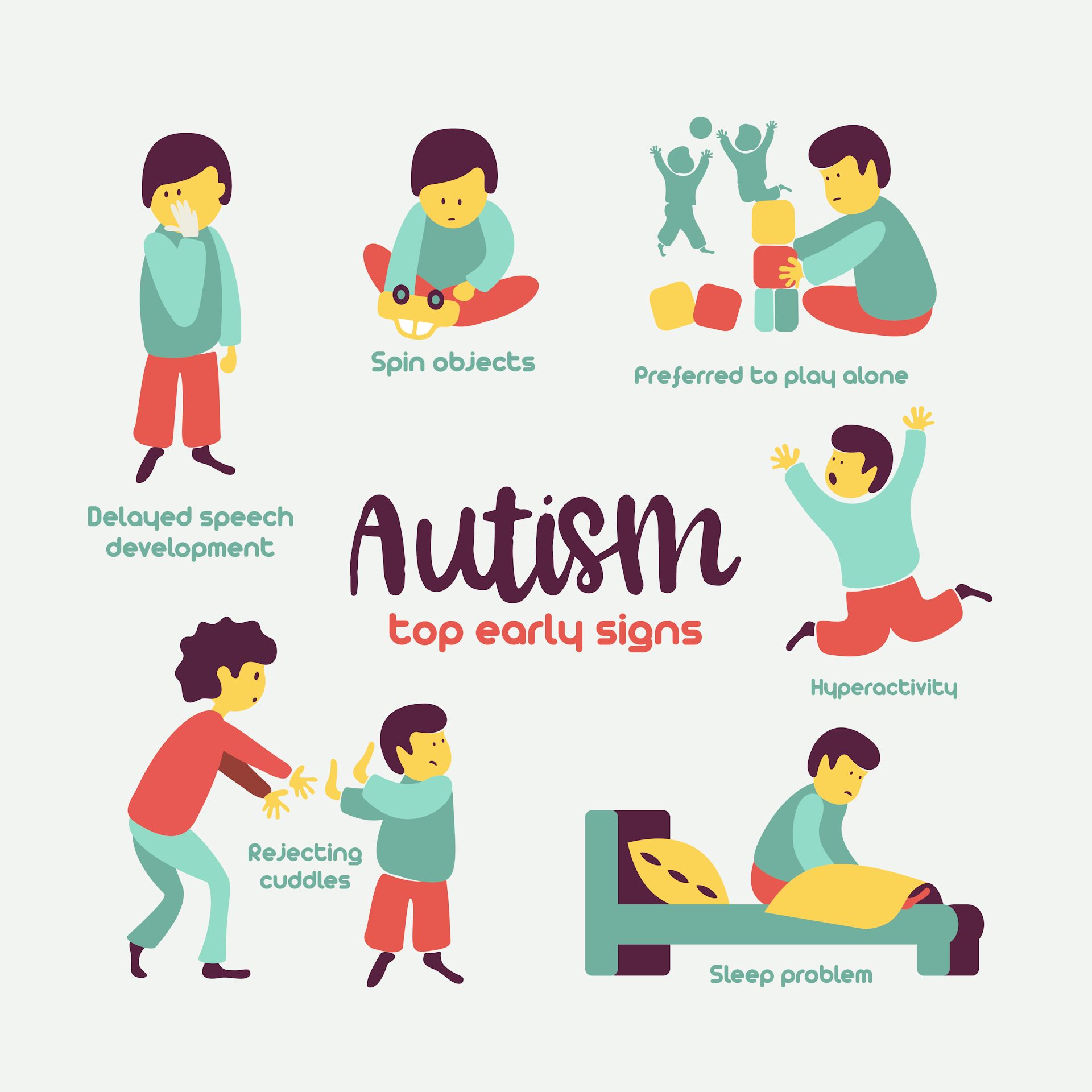 nine0005
nine0005
In this case, one should proceed from the principles of simplicity (movements should not be complicated) and accessibility of the plot for children's perception. In addition, the poem or song must be liked by the child. Introduce rhymes and songs gradually, giving the child the opportunity to choose those that he likes best.
First, an adult reads a poem or sings a song on his own, accompanying them with movements. When the child remembers the text, the teacher, stopping during pronunciation or singing, gives the child the opportunity to complete or finish singing the last word in the line, and possibly the whole line. At the same time, the teacher encourages the child to repeat the expressive movement that accompanies singing or pronunciation. The same work is continued by the mother. If you do this for a long time, the moment will come when the child will begin to sing and pronounce poems on his own, at his own request. But if you carefully listen to the child's independent singing or his repetition of a poem, it becomes obvious that the meaning of the words for him often remains incomprehensible.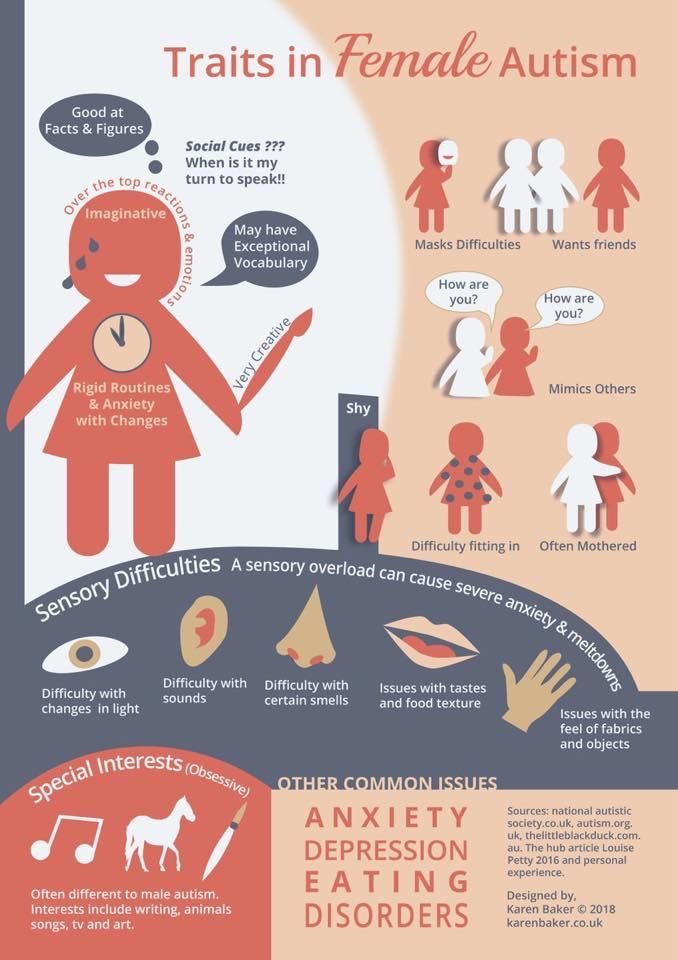 However, in any case, such speech activity is useful. Often it is during the lessons with rhythms that the child makes the first attempts to use active speech. nine0005
However, in any case, such speech activity is useful. Often it is during the lessons with rhythms that the child makes the first attempts to use active speech. nine0005
Clarification of the semantic content of the texts used can be achieved by showing actions, using pictures, toys, playing stories. In addition, if such a game is accompanied by the display of a plot picture or toy, then the text of the song or verse is associated in the child with a certain image - an object or image. As a result, the child, seeing the harmonica, begins to play on it and sing a song about Antoshka, and, having noticed a picture of geese, begins to sing a song about merry geese. nine0005
We recommend starting classes with the following texts: songs - “Antoshka”, “Song of a Lion Cub and a Turtle”, “Two Cheerful Geese Lived with Grandma”, “Chunga-Changa”, “Song of Gena the Crocodile”; nursery rhymes - “Okay”, “A horned goat is walking”, “A woman sowed peas”, “Big feet are walking along the road”; A cycle of poems "Toys" by Agnia Barto.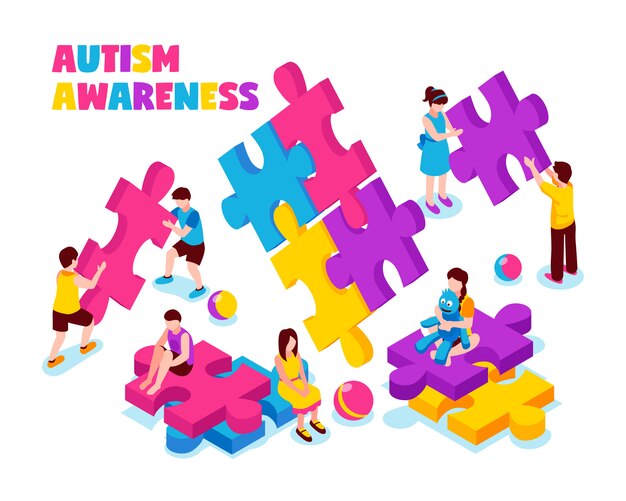
Let's make a reservation: conducting games with rhythms with an autistic child, the teacher may encounter some difficulties. An autistic child often does not pay attention to the movements of an adult and, moreover, does not repeat them, preferring to live according to his own internal rhythm. Therefore, special efforts are needed to involve the child in rhythmic actions and teach him to voluntarily control the movements of his own body. this can help the selection of the most interesting games for the child and their repeated repetition. In addition, observations show that the speech activity of an autistic child in games with rhythms is not a meaningful repetition, but rather a sensory game with sounds and rhythms. Nevertheless, it is useful to use the need of an autistic child to complete a familiar phrase - to finish a word, a line in a poem, to finish singing a song - to develop active speech. And in order for the child to better understand the meaning of the poem or song, during the game, use the objects or toys that are mentioned in the text, accompany the pronunciation or singing with appropriate actions, use illustrations.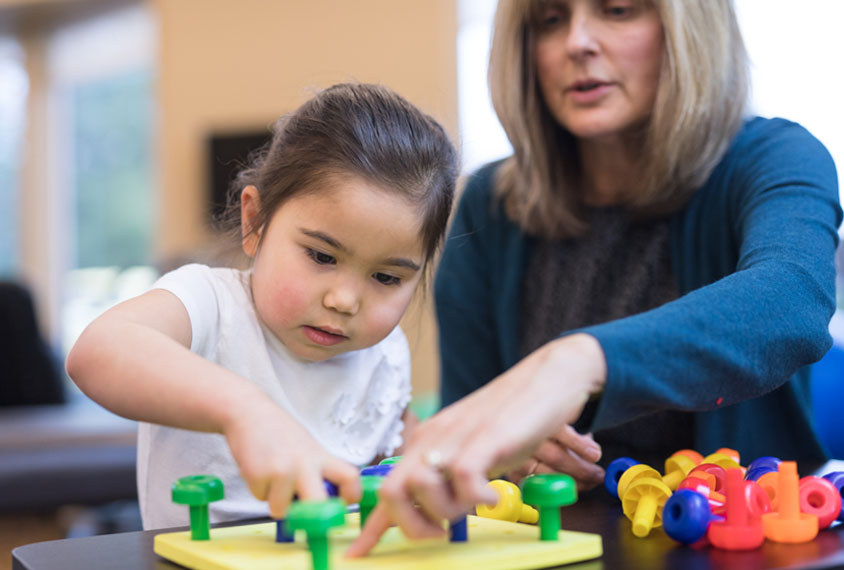 In addition to the above, the child may simply not accept the game - with a loud cry, he will “ask” the adult to stop. This can be explained by the increased sensitivity of the child - he did not like the timbre of your voice, accidentally taken a false note, or he does not agree with singing the song that he used to listen to in the recording. Such a reaction complicates the classes, but it is worth continuing the search. Pick up new songs that are interesting for the child that he has not heard in the recording, find rhythmic movements that do not cause him a negative reaction. To do this, offer your child various options for games and choose the most suitable for him, based on his reaction and taking into account the specific situation. nine0005
In addition to the above, the child may simply not accept the game - with a loud cry, he will “ask” the adult to stop. This can be explained by the increased sensitivity of the child - he did not like the timbre of your voice, accidentally taken a false note, or he does not agree with singing the song that he used to listen to in the recording. Such a reaction complicates the classes, but it is worth continuing the search. Pick up new songs that are interesting for the child that he has not heard in the recording, find rhythmic movements that do not cause him a negative reaction. To do this, offer your child various options for games and choose the most suitable for him, based on his reaction and taking into account the specific situation. nine0005
Movement and tactile games
Since touching can be uncomfortable for an autistic child, try not to touch him at first. Be patient and tactful and wait for the child to take the initiative first. This can happen in different ways: for the first time, the child climbed onto your lap for the first time, or suddenly, during the lesson, for the first time, he stopped looking at your face for a long time, and then extended his hand and began to feel your nose, cheeks, forehead (you must definitely give him this opportunity ), or took off his blouse and the words “It hurts, it hurts!” asked to stroke his back.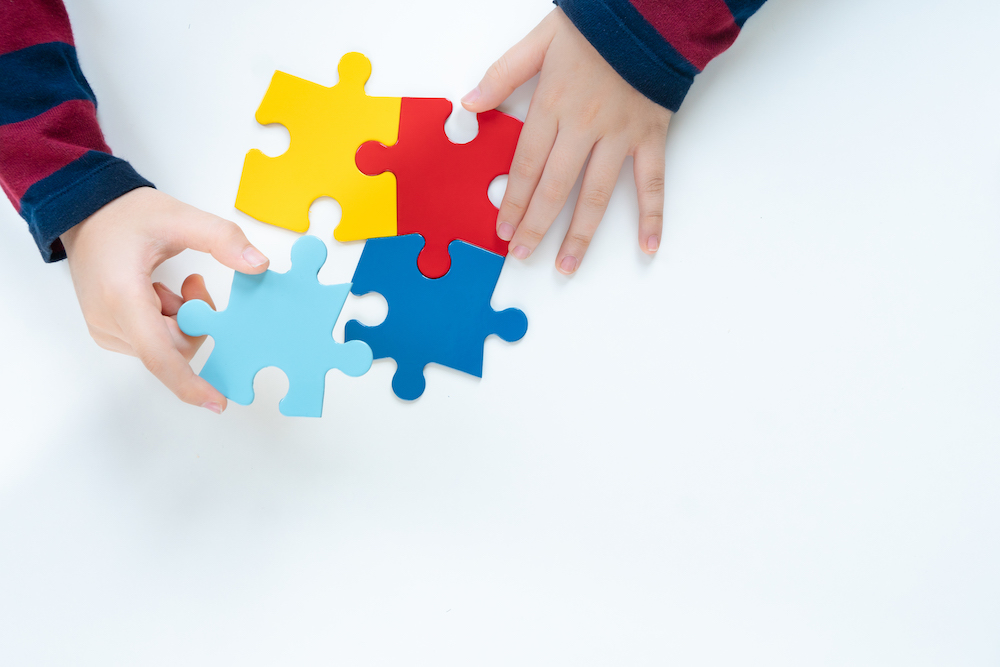 Be careful and do not miss this important step of the child in your direction. nine0005
Be careful and do not miss this important step of the child in your direction. nine0005
If this happens, then the following games become possible in the classroom:
Braking, fussing
Usually occurs on the floor or sofa, and the child is the initiator of this game. During such games, you can wallow, hug, push, roll, tickle, etc.
I will catch up, I will catch, I will catch
You pretend that you are trying to catch a child, and he runs away. Offer him a variant of the game on the contrary - let him try to catch up with you. However, this option is very difficult for an autistic child, because it requires more activity and arbitrariness of actions from him. nine0005
Snake
Take a ribbon (rope, rope) and, making oscillatory movements with your hand, move away from the child, offering him to catch up with the snake: “The snake is crawling, crawling! Hurry up!" Give the child the opportunity to triumphantly step on the snake with his foot.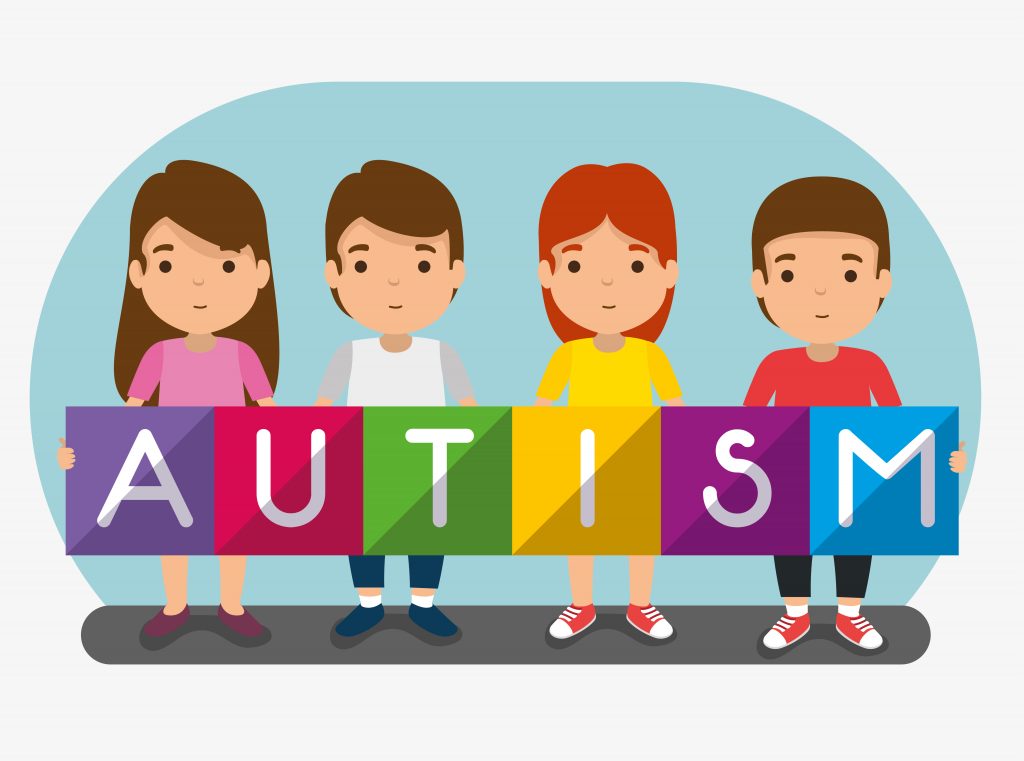
Airplanes
Spin the child in the air - "Fly, fly!", then lower it to the sofa or on the floor - "Landed ..." accumulated emotions; this gives such games a therapeutic effect. And from an adult, more emotionality is required. However, there is a danger that the adult will become for the child only a means of achieving the sensation he needs (for example, when the child is being circled). To avoid this, try not to stereotype such games, diversify them. For example, before circling a child, offer: “And today we will take a bear with us on a flight.” nine0005
Tips for coping with difficulties during play
Various difficulties may arise during sensory play. The following recommendations will help you avoid or mitigate the most frequently recurring difficulties.
- If the child does not join the game, does not pay attention to your actions, or protests, do not insist. But be sure to try next time. If you see that the child liked the game, but he remains passive, do not stop, continue to carry out game actions, comment on them as if you were acting together with the child, “introduce” your favorite toy into the game. At first, you should not expect activity from the child, enjoy any, even the most minimal, participation in the game. It may also happen that the child begins to reproduce play activities outside of class. Or one day ask the teacher to repeat the action. For example, a child who did not seem to pay attention to the teacher's singing suddenly begins to sing songs on his own. Such behavior of an autistic child can be explained by the peculiarities of his mental development: by external manifestations, it is far from always possible to understand what he has learned and what not. nine0005
At first, you should not expect activity from the child, enjoy any, even the most minimal, participation in the game. It may also happen that the child begins to reproduce play activities outside of class. Or one day ask the teacher to repeat the action. For example, a child who did not seem to pay attention to the teacher's singing suddenly begins to sing songs on his own. Such behavior of an autistic child can be explained by the peculiarities of his mental development: by external manifestations, it is far from always possible to understand what he has learned and what not. nine0005
- Remember that a child may be frightened by the new vivid experiences that you offer him. Since it is impossible to predict in advance what impression a given sensory effect will have on the child, care should be taken to introduce new things gradually and in small portions. Pay close attention to the child's reaction and at the first sign of anxiety or fear, immediately stop the game.
- The game that the child likes will require repetition.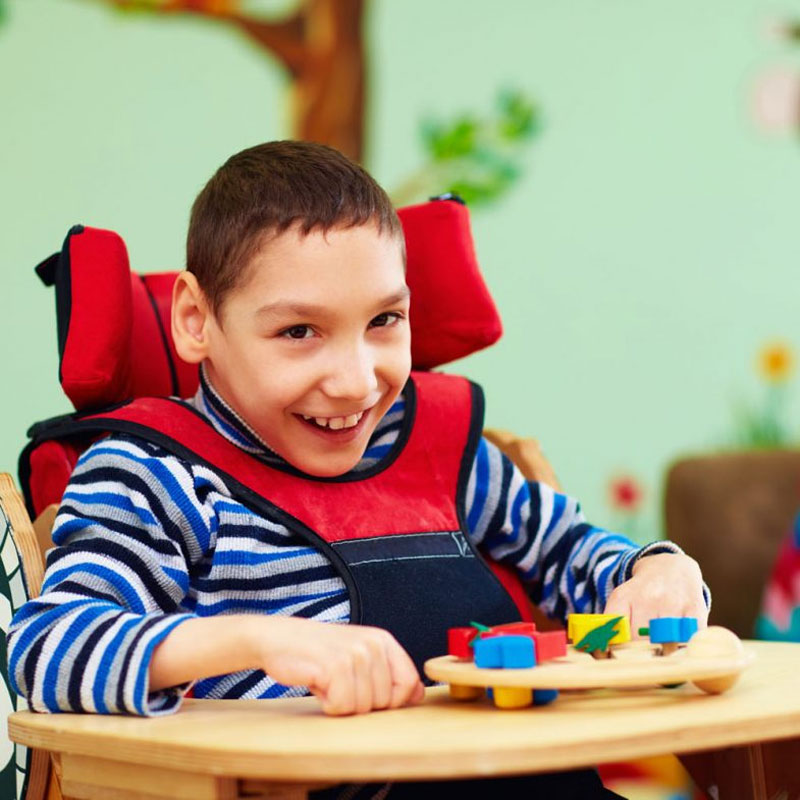 Do not resist his requests to repeat the game actions again and again - he needs time to settle in new sensations. nine0005
Do not resist his requests to repeat the game actions again and again - he needs time to settle in new sensations. nine0005
- Keep in mind that the child's voluntary attention is short-lived and unstable. Therefore, if a storyline has already appeared in the game, do not complicate the plot. Let at first the game actions be curtailed - for example, only two "tomatoes" are "planted" on the "bed", and the puppet "lunch" lasts only a couple of minutes. The main task at this stage is to preserve the logical structure of the game, complete the game action and sum up with the help of an emotional commentary.
- While playing, the child may begin to talk, while looking into your face in anticipation of a reaction. These can be phrases-stamps from commercials or words invented by him. Smile back and repeat what the child said (with proper intonation). This form of communication - a kind of "roll call" - will give the child confirmation that you understand him, will cause more confidence in you.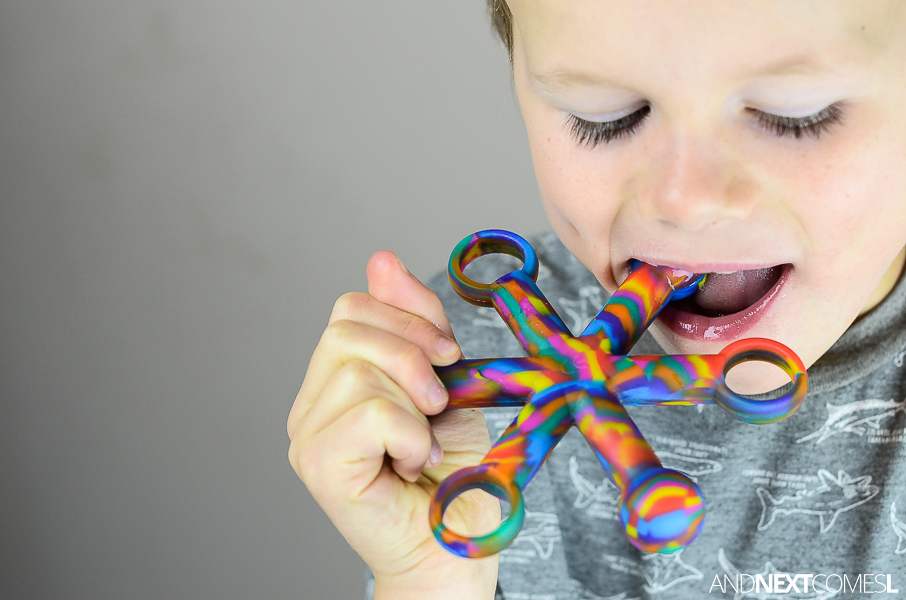 nine0005
nine0005
- If a child really wants something and tries to express his desire, try to find a way to satisfy this desire (of course, taking into account the nuances of a particular situation), or offer a substitute for what you want. For example, instead of pills for a doll first-aid kit, harmless sweets-peas are suitable. However, this is often not easy, because the desire is unusual or dangerous for the child. In addition, you can meet the objections of parents: "You can not indulge the child in everything." But we should not forget that at this moment the child really suffers from the dissatisfaction of his desire. In addition, the peculiarities of his psyche do not allow him to quickly switch, forget about his desire, and explanations and censures do not reach their goal. In this case, adults face a difficult and serious task - to find a socially adequate way to resolve the situation. in any case, it is unacceptable to simply dismiss the child's insistent requests. After all, desire captures him entirely, and he will not calm down until he gets what he wants.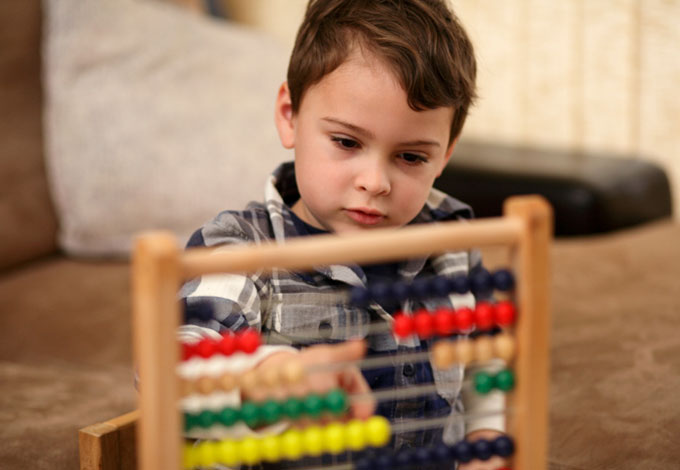 At the same time, the child does not understand “why not”. Maybe, for example, want some very expensive thing in the store - but how to explain why it is impossible to buy it: an autistic child does not see the difference between buying a candy (which is “possible”) and a bottle of French perfume? Understanding the peculiarities of the psyche of an autistic child, one should look for a substitute for what is desired, but the child will not always accept such a substitute. At the same time, his desire does not disappear, his strength does not weaken. Then try to organize the fulfillment of desire, but under your control and insurance. nine0005
At the same time, the child does not understand “why not”. Maybe, for example, want some very expensive thing in the store - but how to explain why it is impossible to buy it: an autistic child does not see the difference between buying a candy (which is “possible”) and a bottle of French perfume? Understanding the peculiarities of the psyche of an autistic child, one should look for a substitute for what is desired, but the child will not always accept such a substitute. At the same time, his desire does not disappear, his strength does not weaken. Then try to organize the fulfillment of desire, but under your control and insurance. nine0005
- Developing the plot of the game, carefully and unobtrusively offer various options that will depend on the wishes of the child, your imagination and pedagogical instinct. Be prepared for the fact that the child will immediately accept some options for the development of events, but categorically disagree with something.
– There is always a danger that the proposed actions will be reproduced by the child in a greatly enhanced and sometimes inadequate form.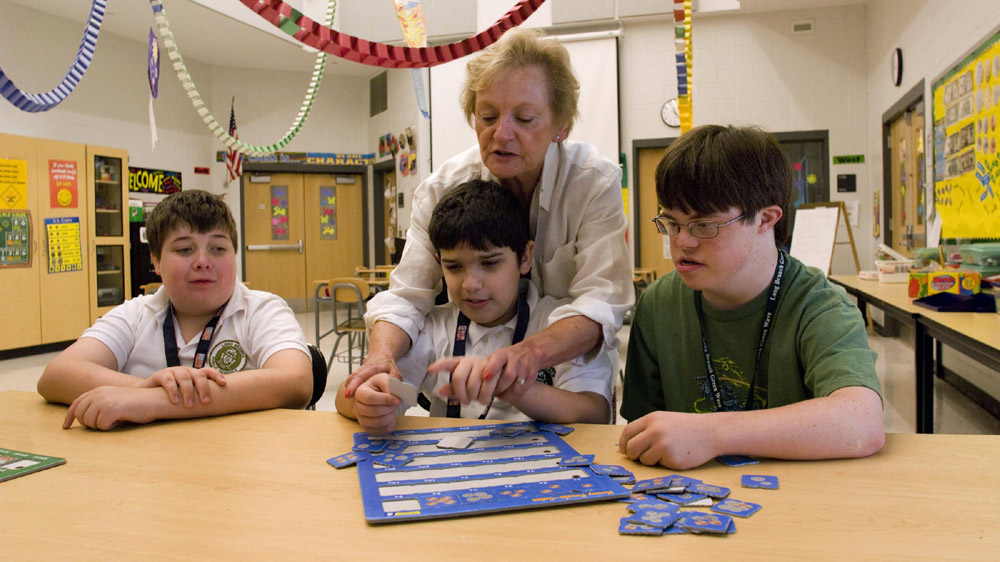 So, the child knocks on the glass with all his might, with the help of candle fire he begins to set fire to sticks, etc. At the same time, it is impossible to distract the child from such experiments. Let the child get a new experience under your control and insurance, and then try to switch to stereotyped play. nine0005
So, the child knocks on the glass with all his might, with the help of candle fire he begins to set fire to sticks, etc. At the same time, it is impossible to distract the child from such experiments. Let the child get a new experience under your control and insurance, and then try to switch to stereotyped play. nine0005
Educational games for children with ASD
Educational games for children with ASD
Similar news
We bring to your attention a list of games that are especially useful and accessible for children with autism. Choose what suits your child the most and share the fun with him!
Classes for children from 1 to 3 years old
A bag of beans
Pour dried beans, rice, small chestnuts or beads into a large plastic tub. We bury a small toy in the filler and ask the baby to get it. The sensations experienced when the hand is immersed in the pool of beans promotes sensory integration of the child and gives him the opportunity to acquire a new tactile experience.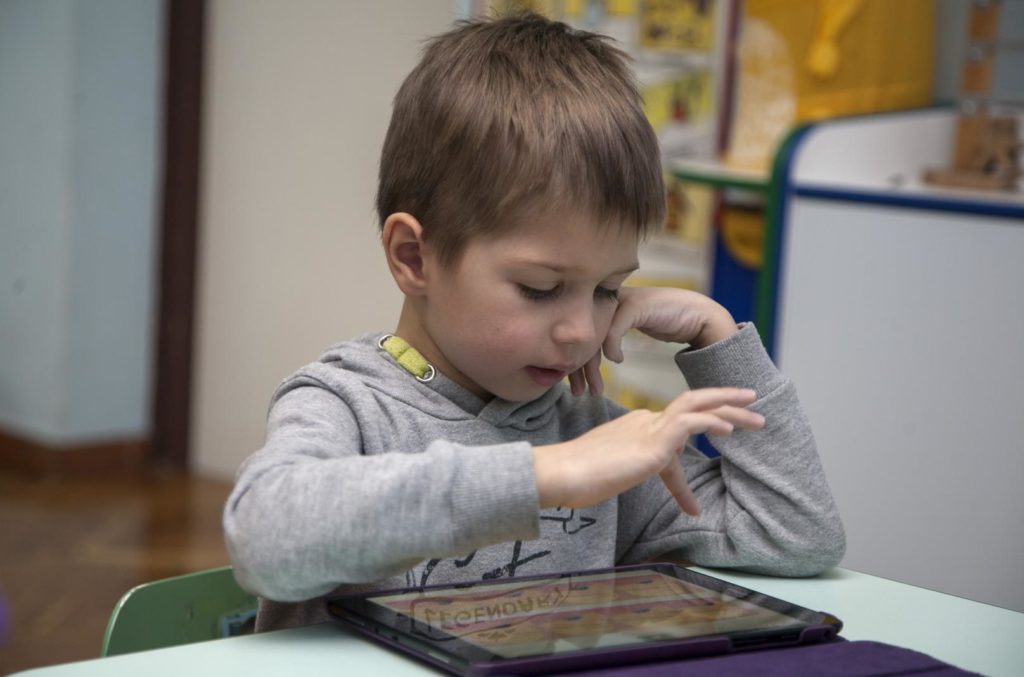
Special warning! Play only under the supervision of an adult, since children with ASD often put the most unexpected and inedible objects into their mouths. nine0005
Blow bubbles
If your child can't blow on their own, have them help you unscrew the top of the bubble and dip the mold in. Here you can achieve the first awareness of the concept of "taking turns" and sensitive interaction in tandem with the child.
Pointing at the bubbles, expressing exaggerated joy and delight - this will help develop the important divided attention in a child with ASD.
Finger paints
This fun has its place in the bathroom - it is very easy to smear everything around and yourself with your fingers smeared in paint. Children will learn more about colors, touch a variety of surfaces and experience a new, unusual feeling of paint on skin. nine0005
At first, not everyone likes this kind of fun, but it is definitely worth trying to instill it.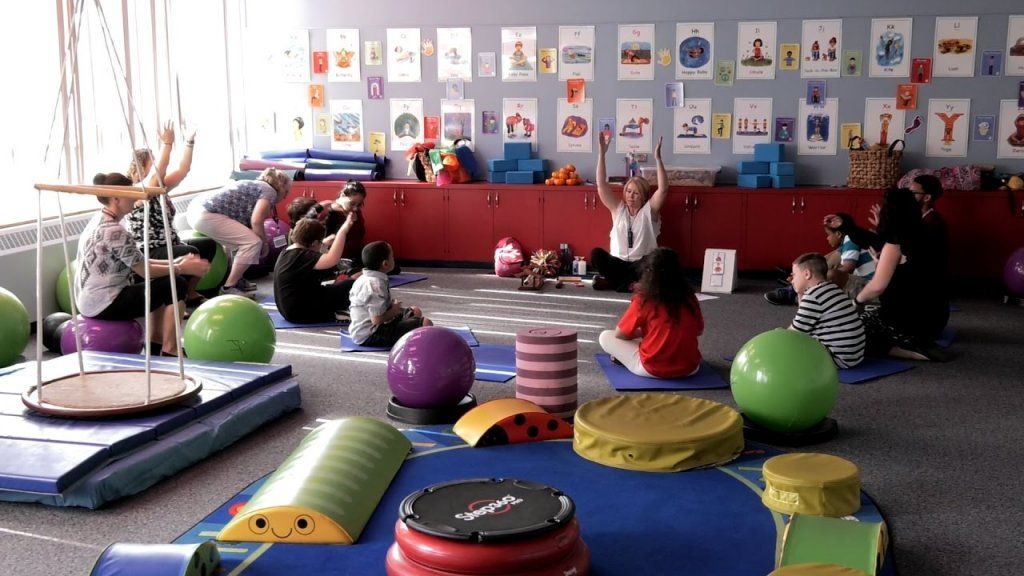 To do this, try it at an older age. Often, in the course of progress in the development and dissipation of the autistic "fog", the child begins to be interested in those substances that he previously categorically rejected (sand, finger paints, plasticine).
To do this, try it at an older age. Often, in the course of progress in the development and dissipation of the autistic "fog", the child begins to be interested in those substances that he previously categorically rejected (sand, finger paints, plasticine).
Verse and songs
Children often like the smoothness and rapidity of speech in poetry, as well as the cyclical repetition of a couplet in songs. Use rhyming lines to teach your child how to dress or eat on their own (or do some self-care routines). nine0005
Sing your favorite song to your baby when you want to reward him. Use the accompaniment of songs and poems when the baby is doing physical exercises: jumping in length or height, climbing the uneven bars, swinging on a swing.
It is possible that due to the habit of songs and poems, the child will form a special encouragement - read him a poem and / or sing a song. Note that this reward will be NON-FOOD, which is important in the learning process.
Playing with preschoolers
Role-playing
Especially often in children with autism there is a delay in the development of role-playing skills, their complete absence or distortion.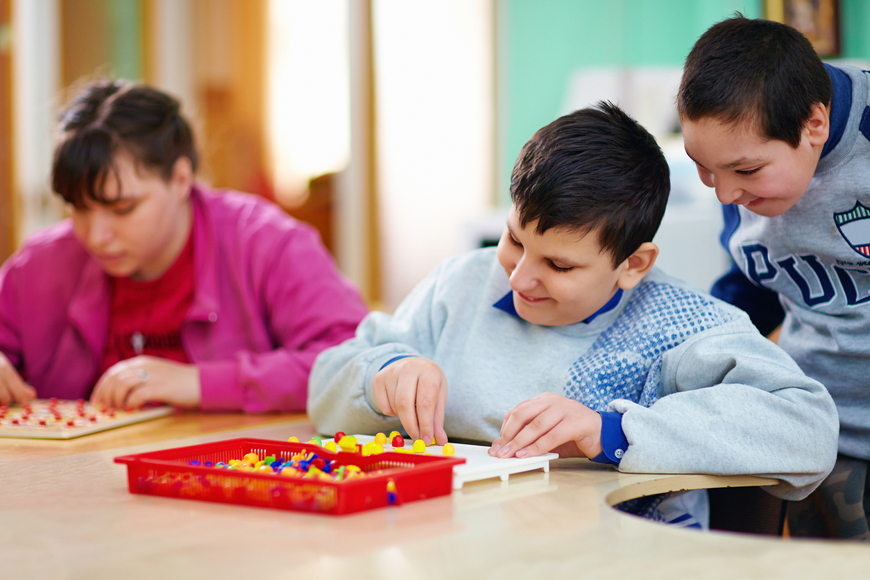 To help your baby catch up, try playing these games with him:
To help your baby catch up, try playing these games with him:
- Play dinosaurs, roar at each other and look for food hidden in the grass;
- Play with dolls and dollhouse and imagine that the dolls get up, wash, play and go to bed;
- Build houses with building blocks, make streets out of them and drive a car between them; nine0598
- Play railway game, load the train with goods, put people on it and transport it from station to station;
- Create a hospital for soft toys and treat animals: give them injections, drip drops in their eyes, noses and ears, bandage their paws, give them medicine;
- Use toy food to "cook" and "serve" various meals;
- Play school, someone will be the teacher, and the other participants in the game will be the students. nine0611
- Playground walks
- Children taking turns on the slide
- Swing and carousel
- Pigeons and cats
- Table setting
- Swimming in a pool or bath
- Bean or rice bath. As mentioned earlier, let the children dip their hands into it, bury and dig up animals and other toys;
- Drawing on shaving cream. Put some shaving cream on the tabletop and let the kids spread it all over the tabletop; nine0598
- Create a "water wall": place jars and flasks of various shapes next to each other and let the child fill them with water from a carafe or plastic bottle;
- Drum Ensemble.
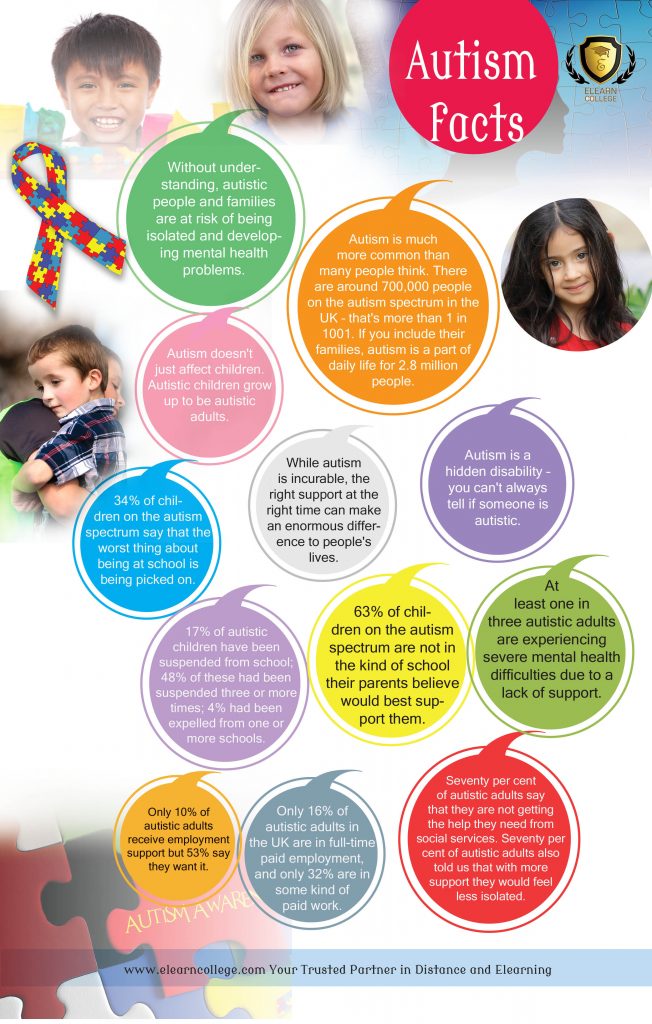 Arrange the drums on the table. Let the child knock on them at different paces and speeds;
Arrange the drums on the table. Let the child knock on them at different paces and speeds; - Offer your child a variety of foods (but don't forget the diet - if you're following one) - with different textures, crunches, and flavors;
- Use the swivel chair to spin the baby around; nine0598
- Buy a small trampoline;
- Hang a swing from the ceiling;
- Wall bars. Attach a wall bar to the wall and encourage your baby to climb up and down it, hang on his arms and legs;
- Rings and crossbar. Hang a pair of rings and a crossbar from the ceiling. Teach your child to hang down from them, pull the body up, swing in the hang with your hands, legs crossed.
- Visit playgrounds: the child must master the descent and ascent of slides of different heights (stairs using alternative climbing routes), be able to overcome obstacles, circle on a carousel, jump on stumps and wheels. nine0598
- Children's transport. Teach your child to ride special carts in the form of cars and motorcycles, scooters and special bicycles without pedals (cycle races).
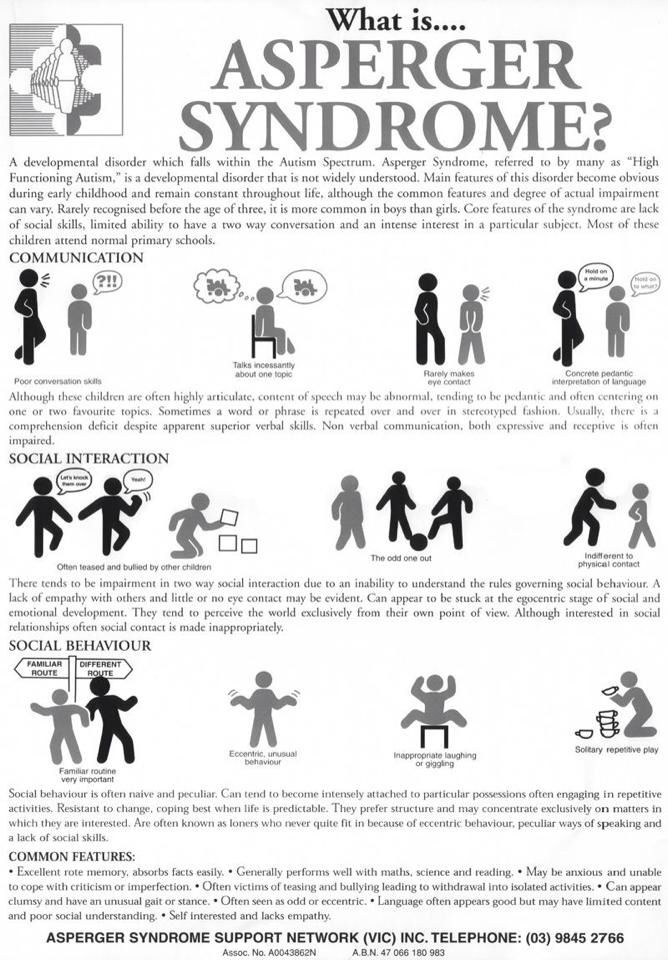
- When your child is playing with a toy, ask them for their turn. Don't wait for an answer, just take the toy, play with it a bit and return it to the child. When the child is well aware that he will be given a toy, he will be more willing to share it;
- Take a toy with lights and music and play with it yourself. Pass it to your child and say, "Your turn." Include a few more children or adults in the activity - let the toy go in a circle. nine0598
- Run the spinning top in turn, beat the drum, rattle the castanets, blow the pipe, blow bubbles - use simple instruments, the duration of one playing session with which is short and which can be quickly transferred to a partner.
- When a child plays with a toy, pick it up and point out some features with your finger (teddy bear ears).
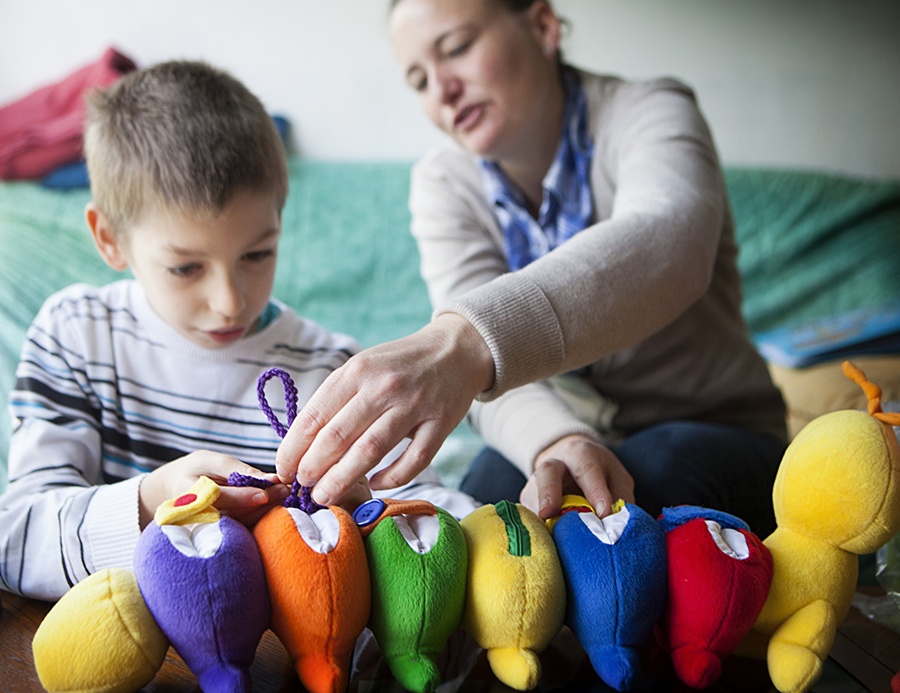 Ask the child to repeat after you.
Ask the child to repeat after you. - Ask the child to describe in detail the object he is looking at: what height, what color, what shape, what width.
- Blow a whistle, fife, or harmonica and ask the child to say what has just been said.
- Play different melodies on your musical instrument.
- Ask the child to describe objects on the street, to name what is in front of him.
- Make gestures with your hands, change the position of the legs and the whole body, and ask the child to repeat after you;
- Act like an animal and have the child repeat the behaviors you demonstrate; nine0598
- Copy the behavior of your child with ASD. Do this until he notices your monkeying;
- If you have someone to pair up, ask one child to be a mirror of the other - when the first one makes a movement, the second one should repeat it accurately and in time.
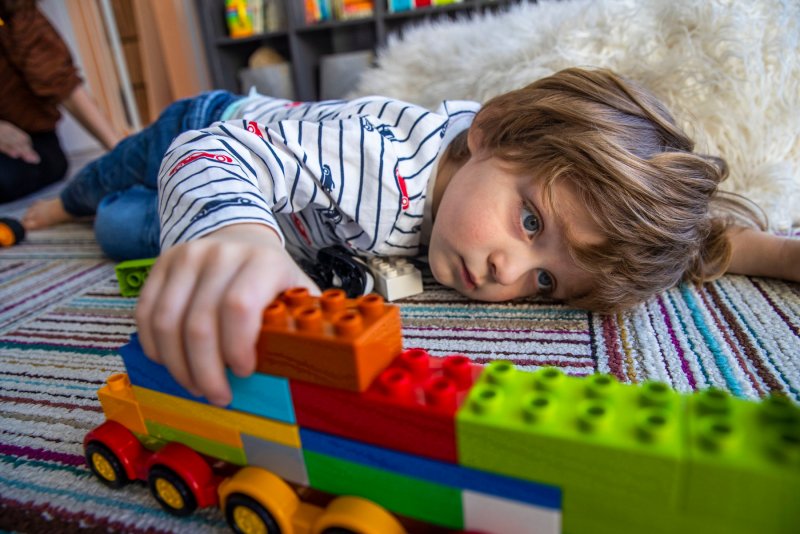
- We describe in detail some object with as many details as possible. We ask the child to find him in the room according to the description.
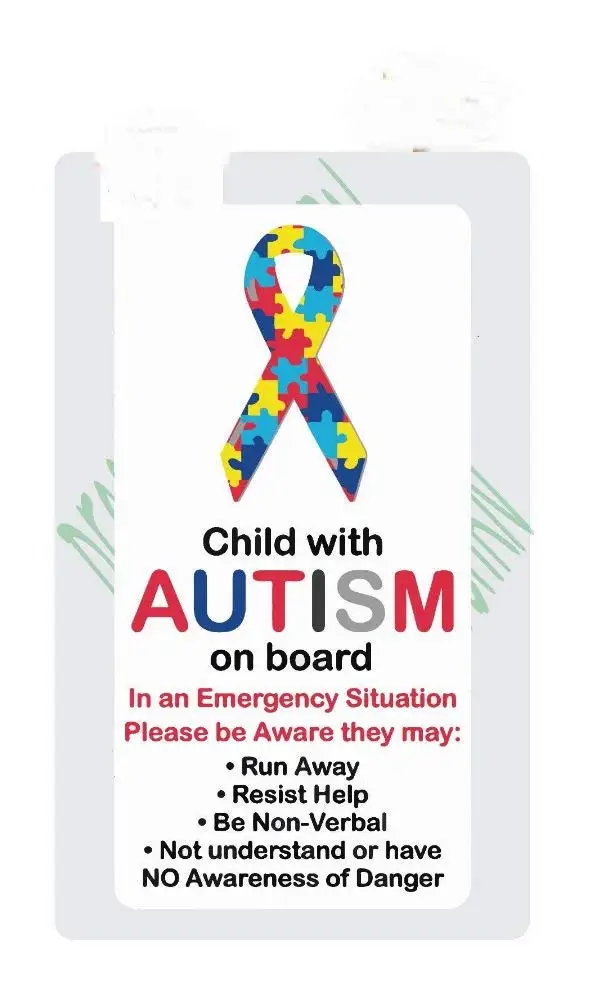
- If this is too difficult for the child, then put two or three different soft toys on the table, describe one of them and ask them to identify what you just described.
- Ask the child to close his eyes (they can be tied with a handkerchief for safety) and give him a simple object (a cup, a cube or a piece from the designer). Ask him to feel the object and describe it to you (hardness, shape, angularity, depressions and bulges, material, roughness and smoothness). nine0598
- If the child is non-verbal, ask him to show you the item in the picture.
- Play helps children learn to use their sense of touch and not rely solely on sight (in ASD, it usually greatly predominates over other sensory channels).
- Draw a large circle or oval on a piece of paper. You exaggerately portray some kind of emotion, and the child must study your face and portray this feeling - anger, fun, pain - on paper.
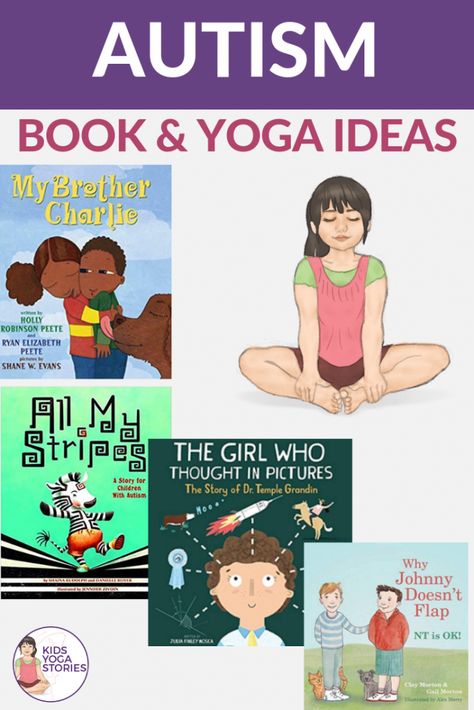 Draw a whole gallery of emotions! nine0598
Draw a whole gallery of emotions! nine0598 - Turn on rhythmic music and ask the child to dance with you. We show individual figures, which he must repeat after you.
- We collect soft toys and dolls together and play small scenes from life between them. You can play the store or school, you can tell stories that have recently happened to the baby in a new way. Explain to the child what is happening and what options he has in different situations. nine0598
- You can also use ready-made flat figures for magnetic theater or stick photos of the whole family on magnets and bring the depicted world as close as possible to the real one.
- Obstacle course. Arrange objects around the room in such a way as to create obstacles that must be overcome.
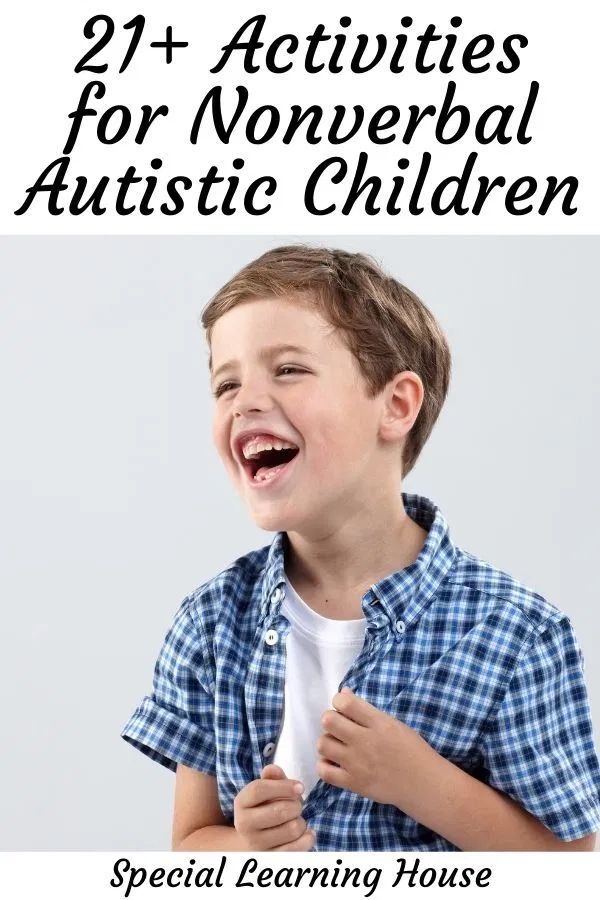 Let the children work in pairs, one should lead and the other should be led. The master gives commands, and the slave carries them out. nine0598
Let the children work in pairs, one should lead and the other should be led. The master gives commands, and the slave carries them out. nine0598 - Understanding the film. Children with autism have difficulty understanding the feelings and emotions of others. Play a scene from a movie for them. Then talk to the guys to understand which moments of communication and exchange of emotions they understood and which ones they missed. Explain the problematic points and watch the video again. Freeze the video and ask them to explain what this or that facial expression means.
- Improvisation. It is difficult for children with ASD to be spontaneous, so improvisation tasks are very useful for them. Include a child with ASD in the group of neurotypical children. Give the children a few things (such as a pair of pants, a steering wheel, and a notepad) and ask them to make up a story with them. It is unlikely that your child with autism will be a ringleader, but there is no doubt that he will benefit from working in a group and the ability to work not according to a ready-made template.
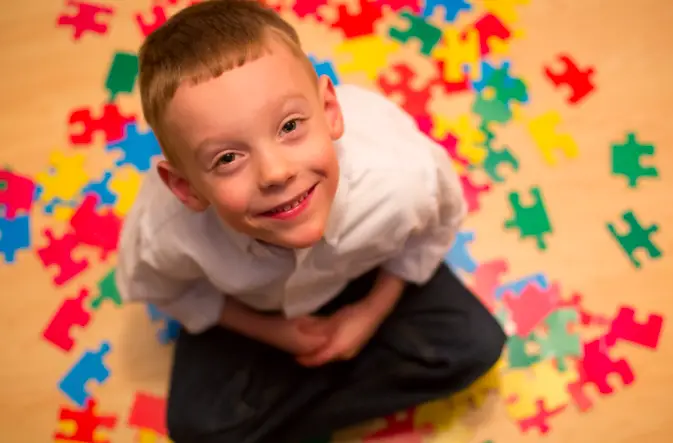 nine0598
nine0598 - It is always a good idea to involve other children in the game. However, make sure that the little participants really help the child with autism, do not make fun of him or ignore him. It is best if the children know in advance what they have to do and with whom to play, and treat their task responsibly. nine0598
- Try to take into account all possible negative aspects in advance: sensory overload, dislike for changing the usual routine, inability to find contact with others. Think about how to simplify the game so that it is interesting for a child with ASD, and how to finish it on time.
- Keep your child's special interests in mind when starting the game. For example, if he loves trains, animals, anime characters, or dinosaurs, make sure that the toys have the appropriate symbolism. nine0611
If your child has any special interests, take them into account in the role play.
Bring into play what the child loves in real life, for example:
Sets of plot constructors (Lego and analogues), home-made cardboard toys and plastic figurines of people and animals will help you.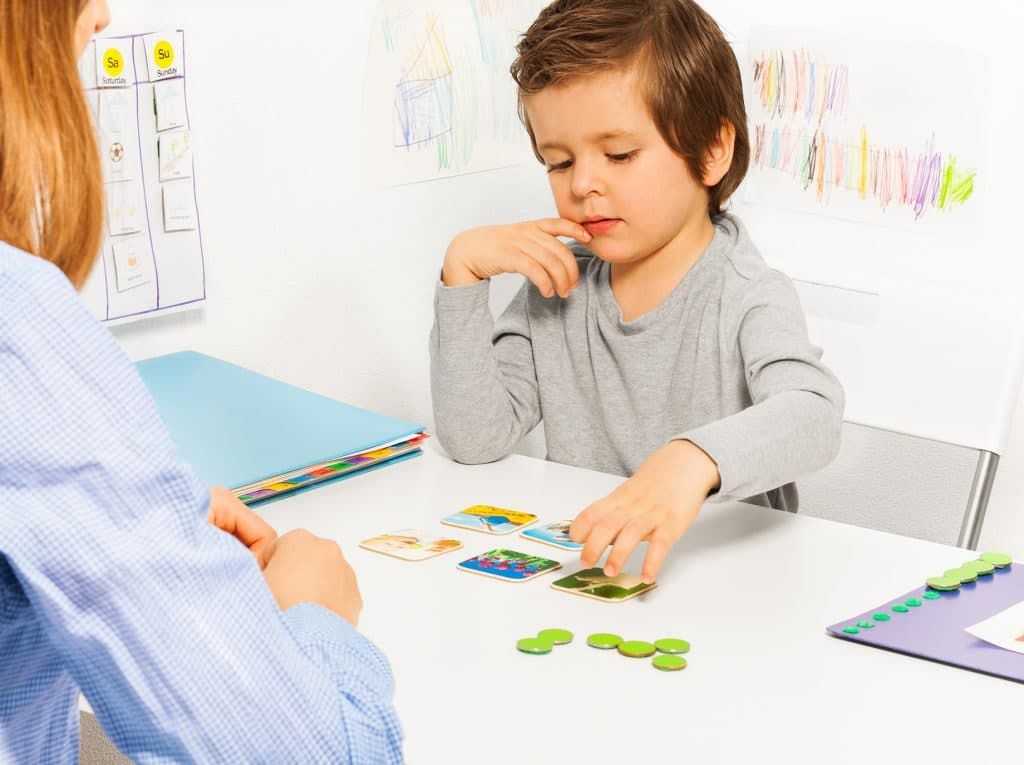 nine0005
nine0005
Role-playing games can also reward class members with stickers, lollipops, and other special treats based on a well-played role.
Sensory play
Children with ASD often have sensory problems. They can perceive many irritants familiar to ordinary people (touch, light, tastes, smells, sounds) either as too strong or as very weak (then they begin to intensively look for ways to load the idle perception channels). nine0005
It is important for children with ASD to offer a sensory diet that is suitable for them - a set of sensations that, on the one hand, would make up for the lack, and on the other hand, would gradually and gradually help to get used to too intense sensory experiences.
Try these activities:
REMEMBER! Physical exercise will help your child feel better about the body, harmonize balance, improve proprioceptive sensitivity, and may even affect the development of language skills.
This is evidenced by the feedback of many parents who note significant progress in physical skills at preschool age, which occurred a little earlier than breakthrough communication successes, including in speech. nine0005
Read also How to help a special child not be afraid of playing with children together
Adults with autism also speak positively about the need for physical education. For example, the well-known blogger Ido Kedar highly appreciates the role of physical education in overcoming many manifestations of ASD.
Don't overdo it: If the child is anxious or agitated, don't push too hard. A constant slow forward movement is preferable to sharp jerks.
Ability to wait in line
Making moves and performing actions in turn is difficult for every preschooler, but this skill is especially difficult for children with ASD.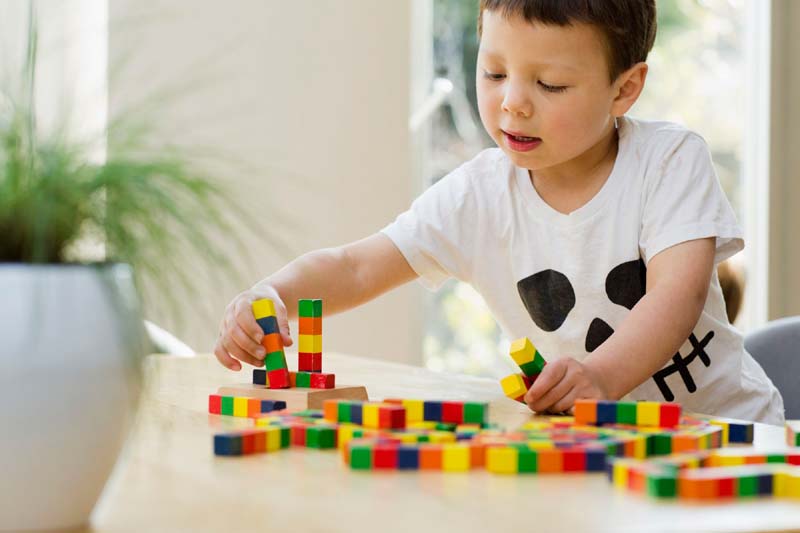 Try these ideas:
Try these ideas:
Joint attention
Children with ASD are often deprived of divided attention (common attention of two people to the same object or synchronization of attention between two or more people). However, this shortcoming can be corrected in the game:
We encourage imitation
Imitation is an extremely important tool for the development of the child and the basis for the acquisition of many skills. In children with ASD, the ability to imitate and repeat after another person often suffers. Try these games:
Reward your child's success with awards!
Elementary school games
By elementary school, the differences between children with ASD and their neurotypical peers become especially noticeable. nine0005
This leads to ridicule and alienation, which only exacerbates the isolation in which autistic children find themselves. It is important for them to help develop social interaction skills in order to facilitate communication and provide them with, if not complete, then at least partial integration into the team.
Read also How to build self-confidence in a special child
It is also important to continue to develop gross motor skills and proprioception: if this is not done, the gap from ordinary children will increase. nine0005
Many games are at your disposal, for example:
Spy
Guess what
Draw my face
Dancing
Puppet theater
Activities with teenagers
Here are some exercises that will help a teenager with ASD to establish better contact with peers and understand the interlocutors more deeply:
Tips
Children with autism need games that are both fun and challenging.
Here are some tips on how best to organize the game:
Connecting with a child with autism can be a very difficult task.